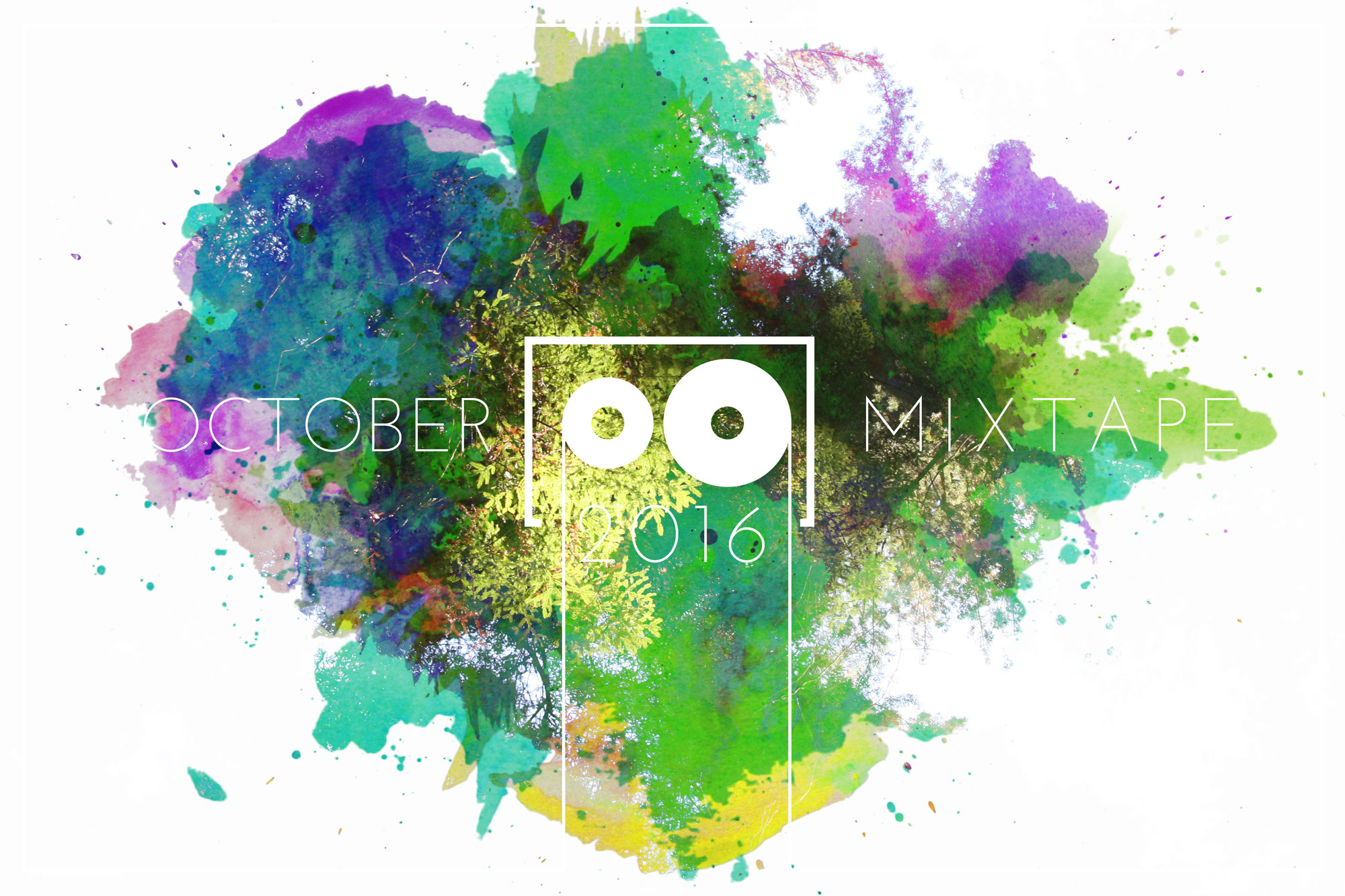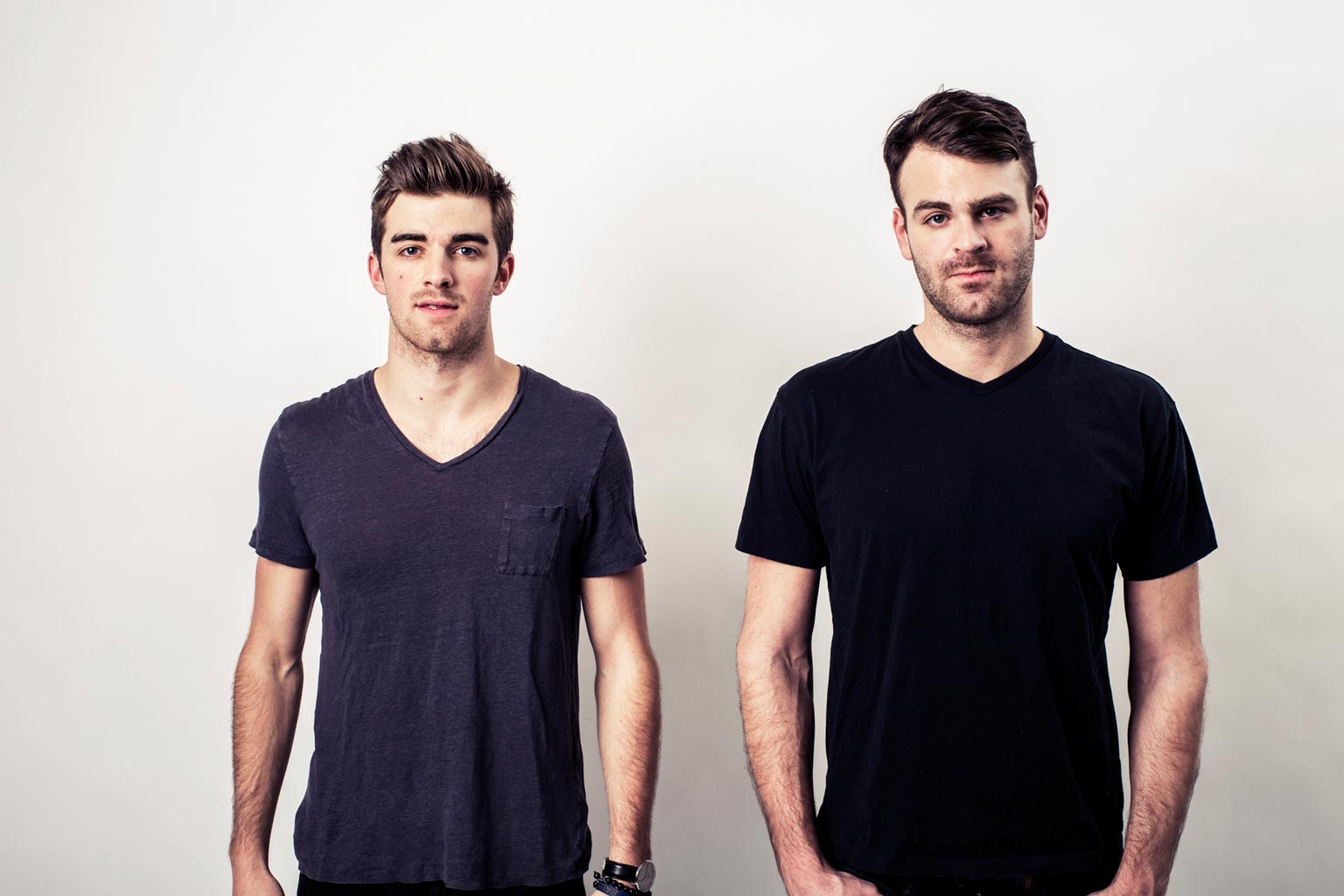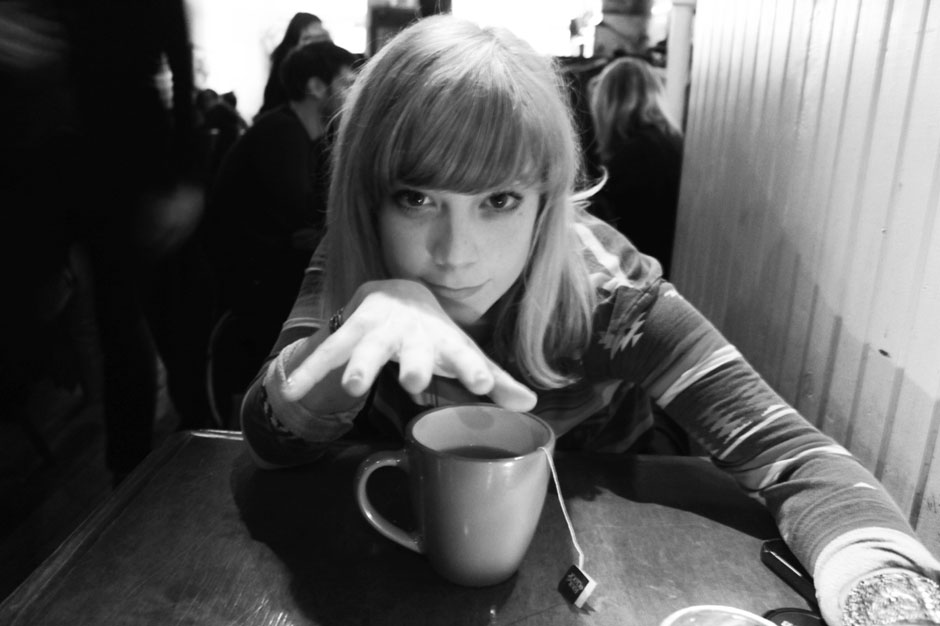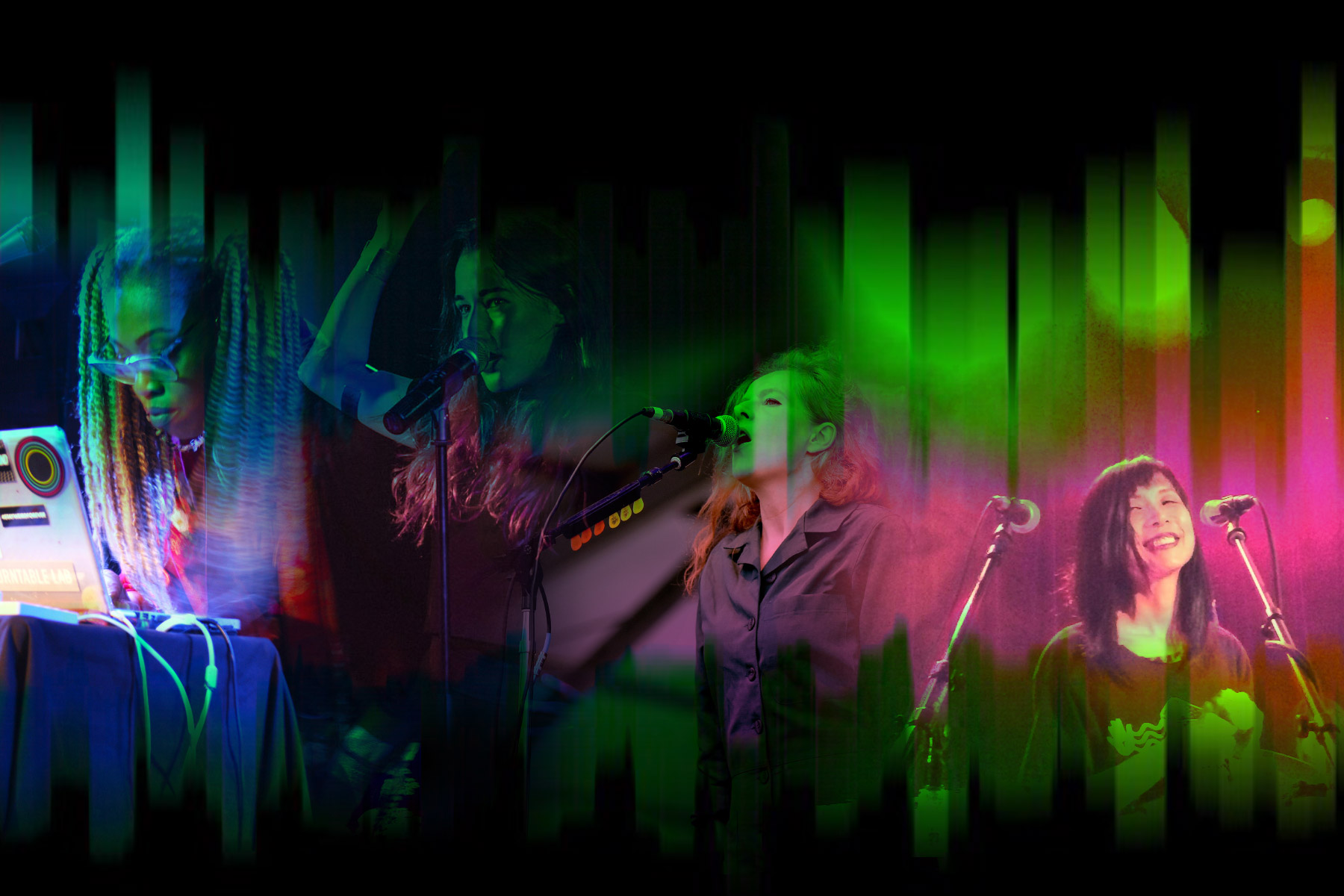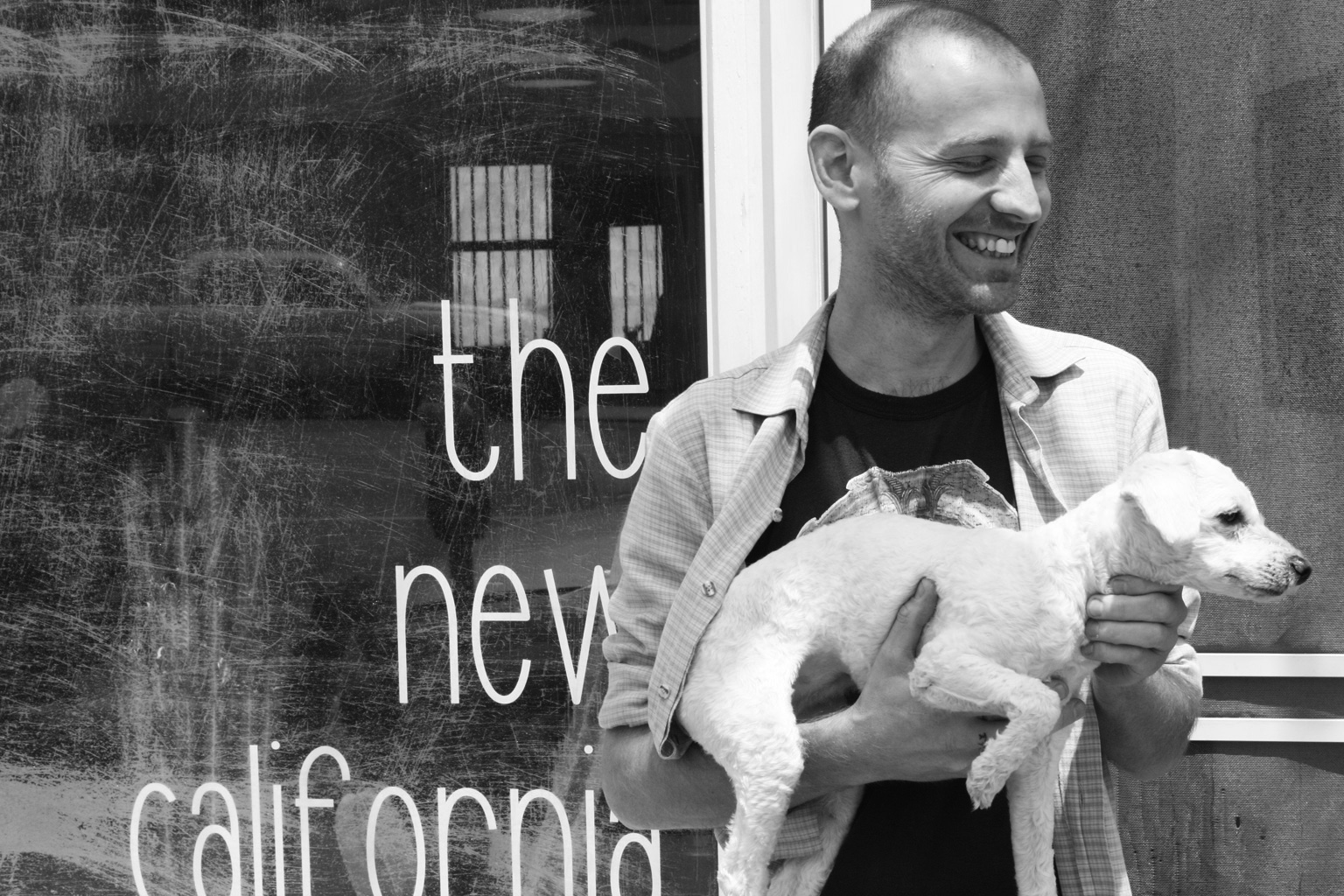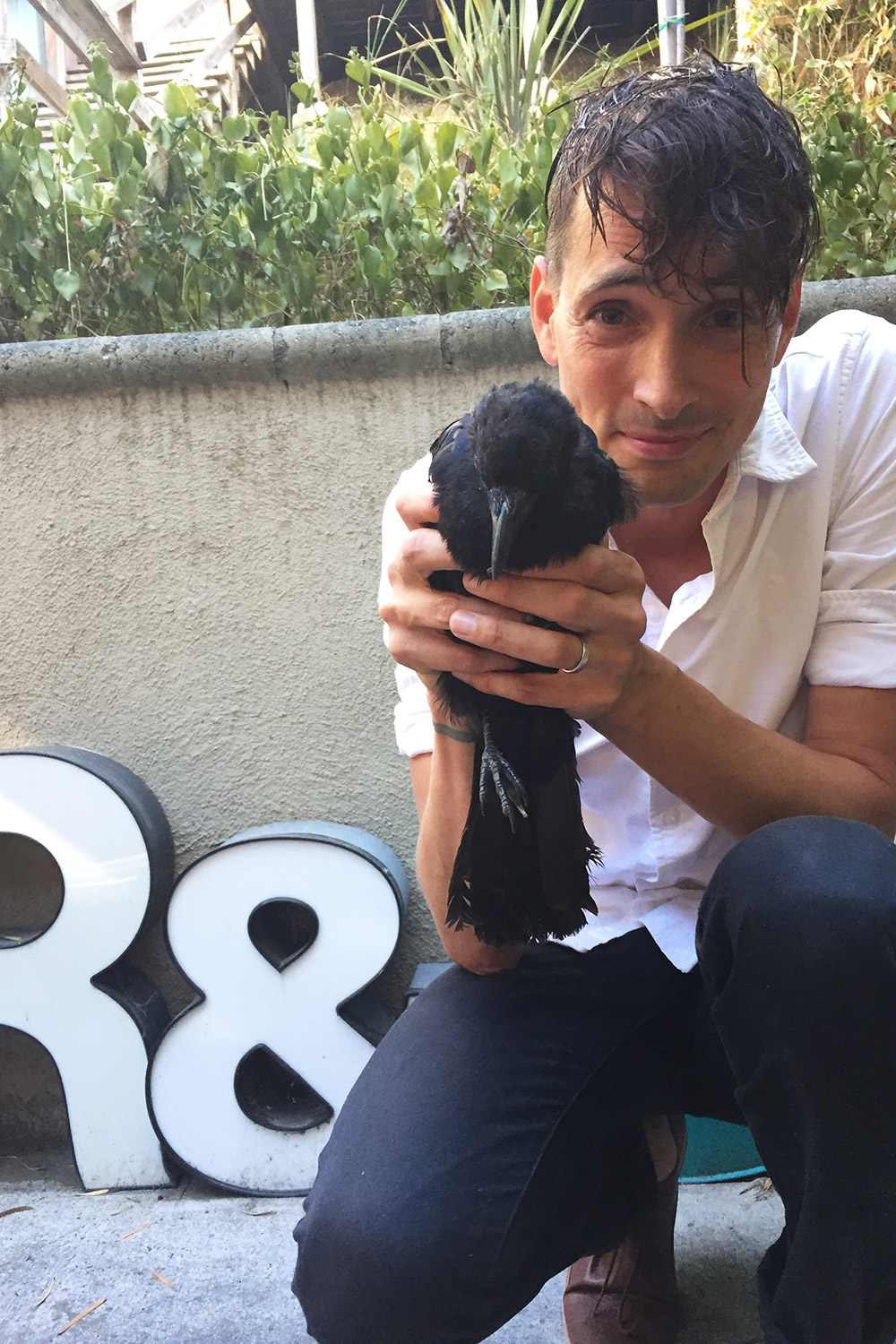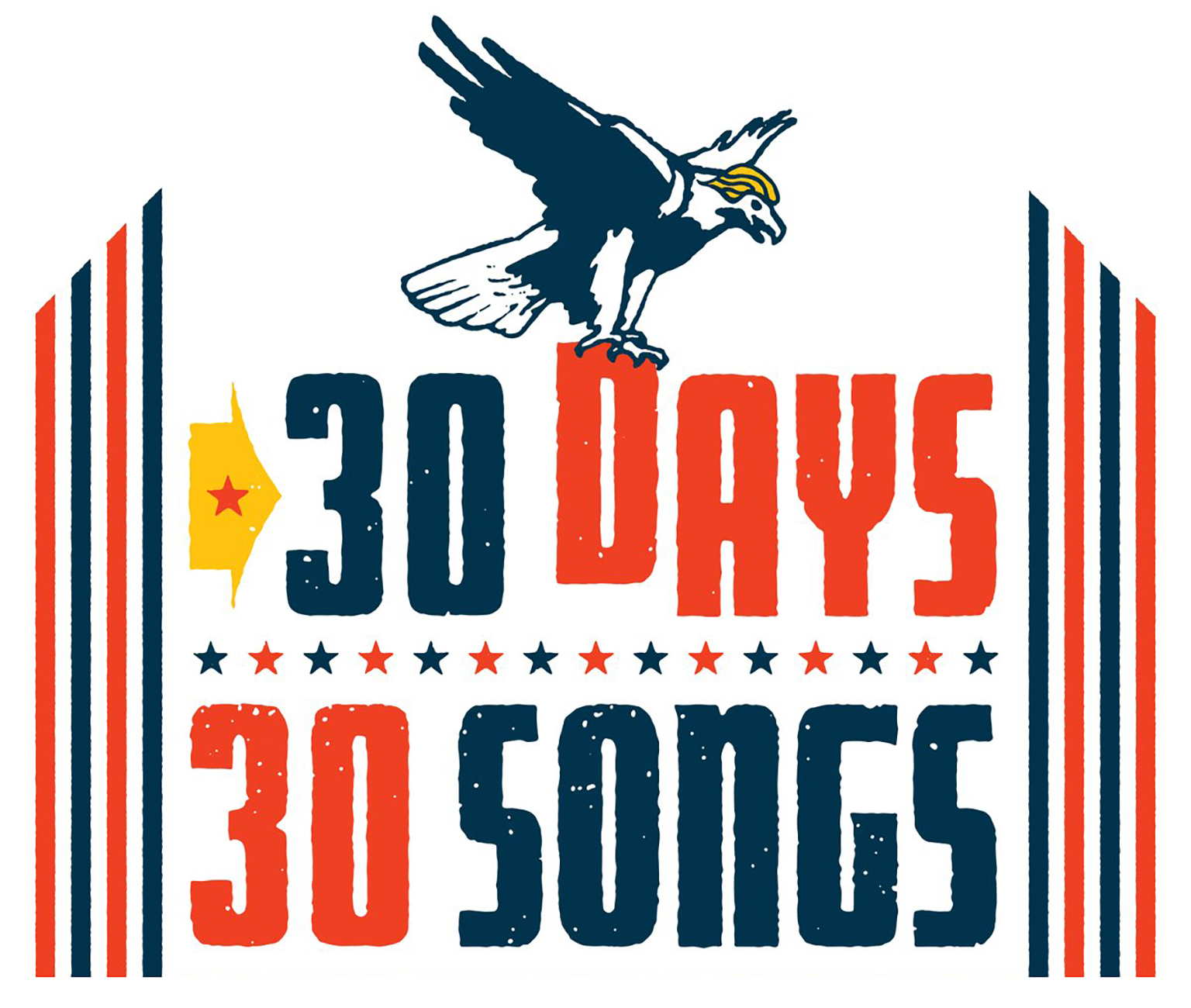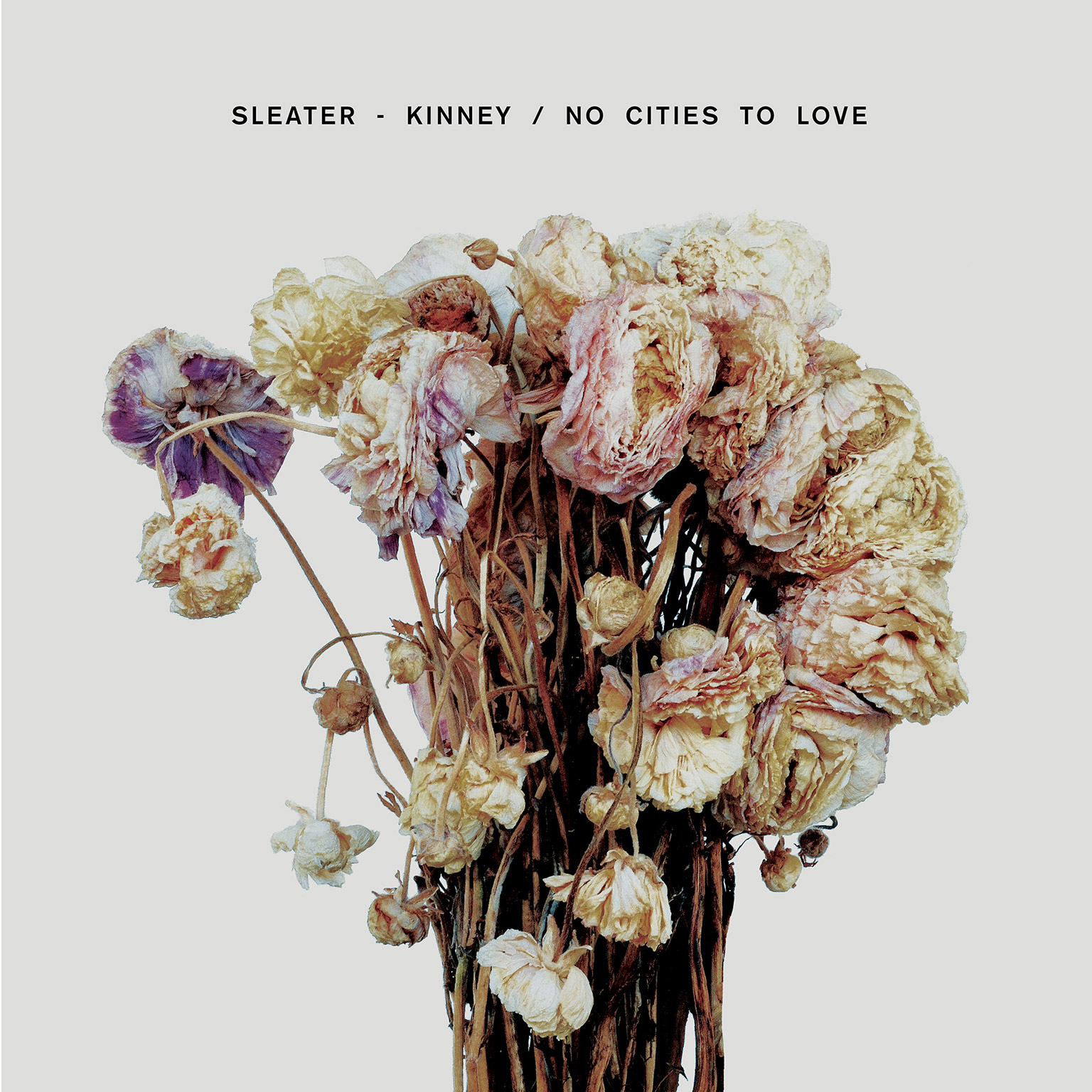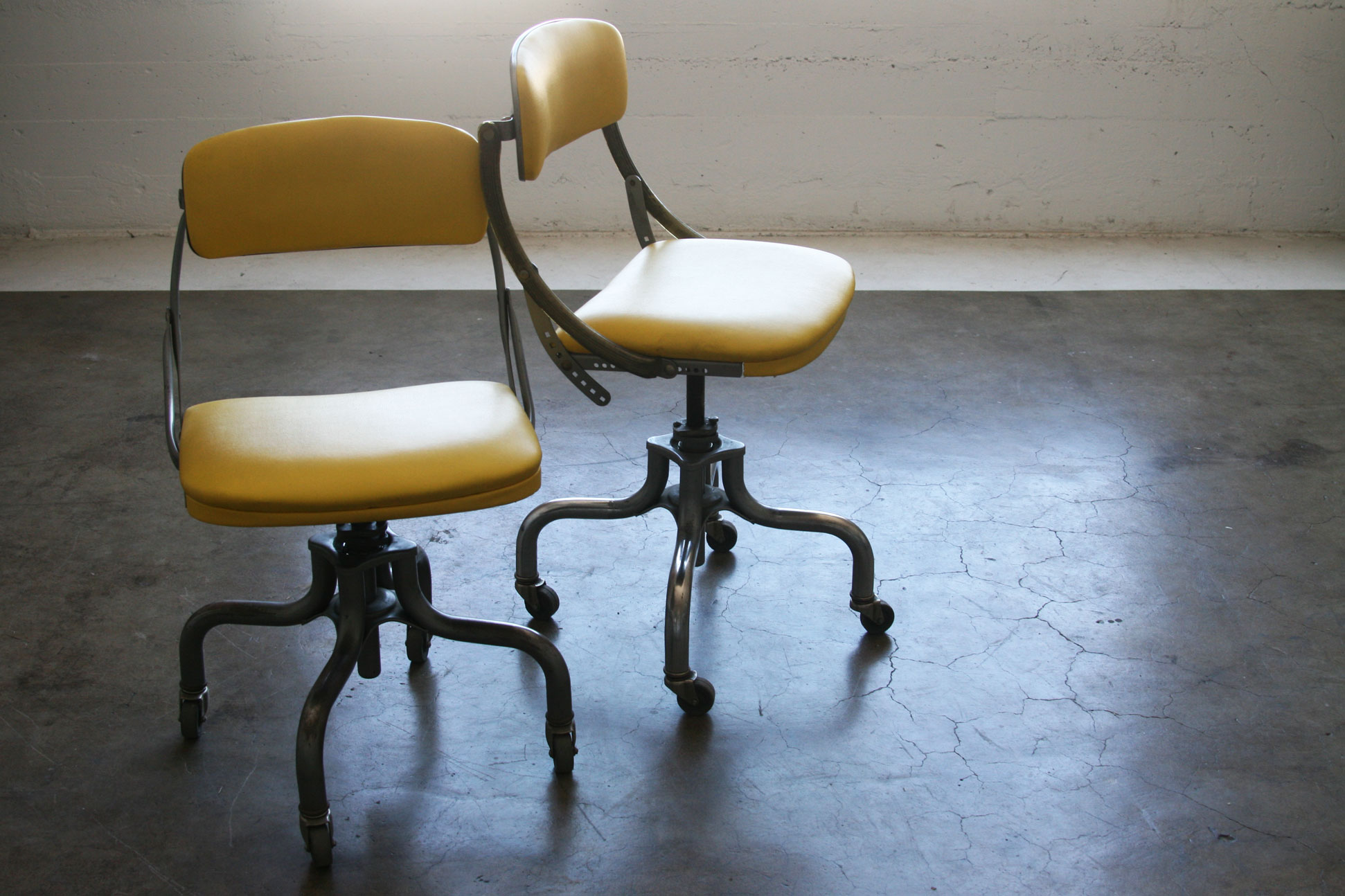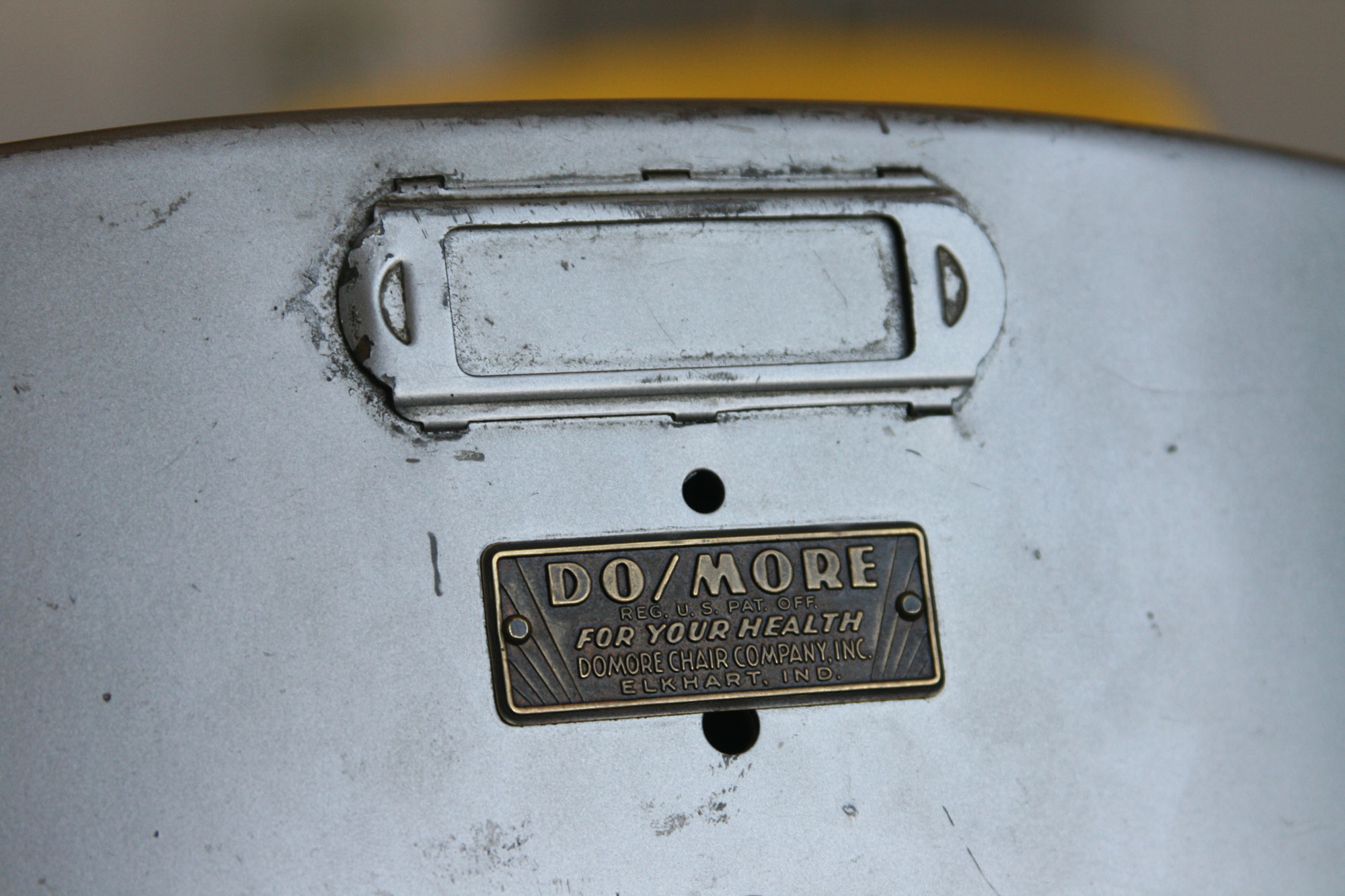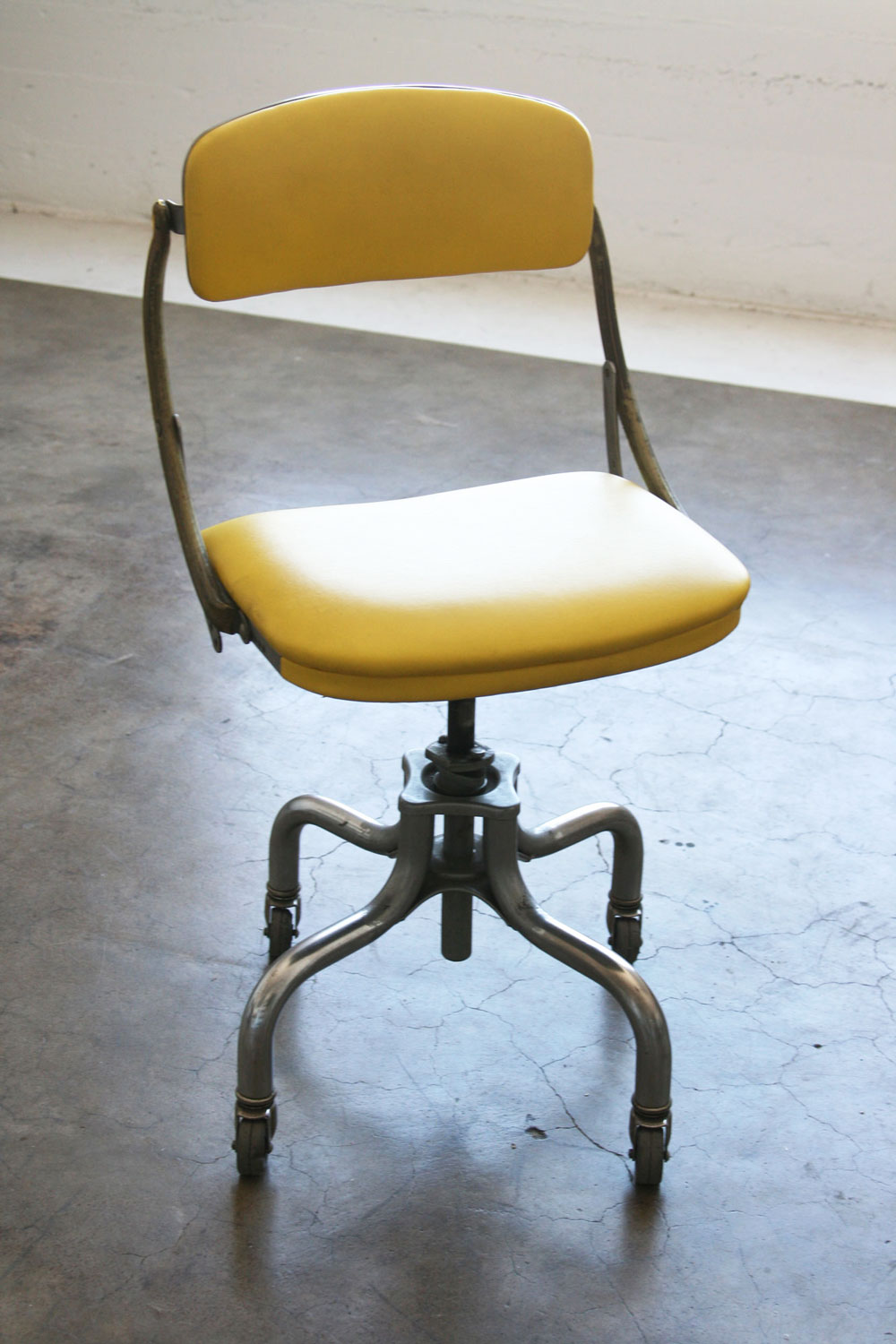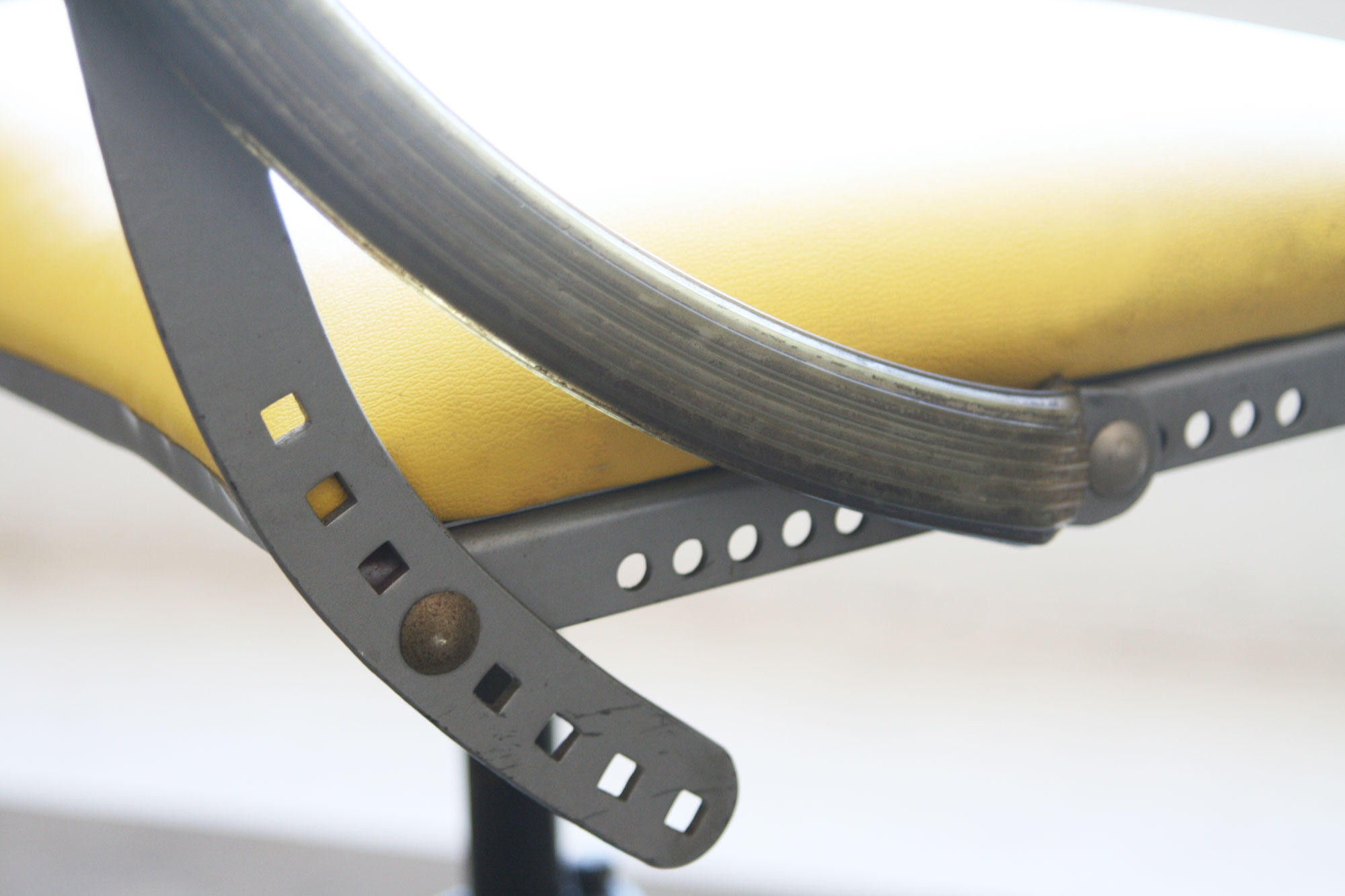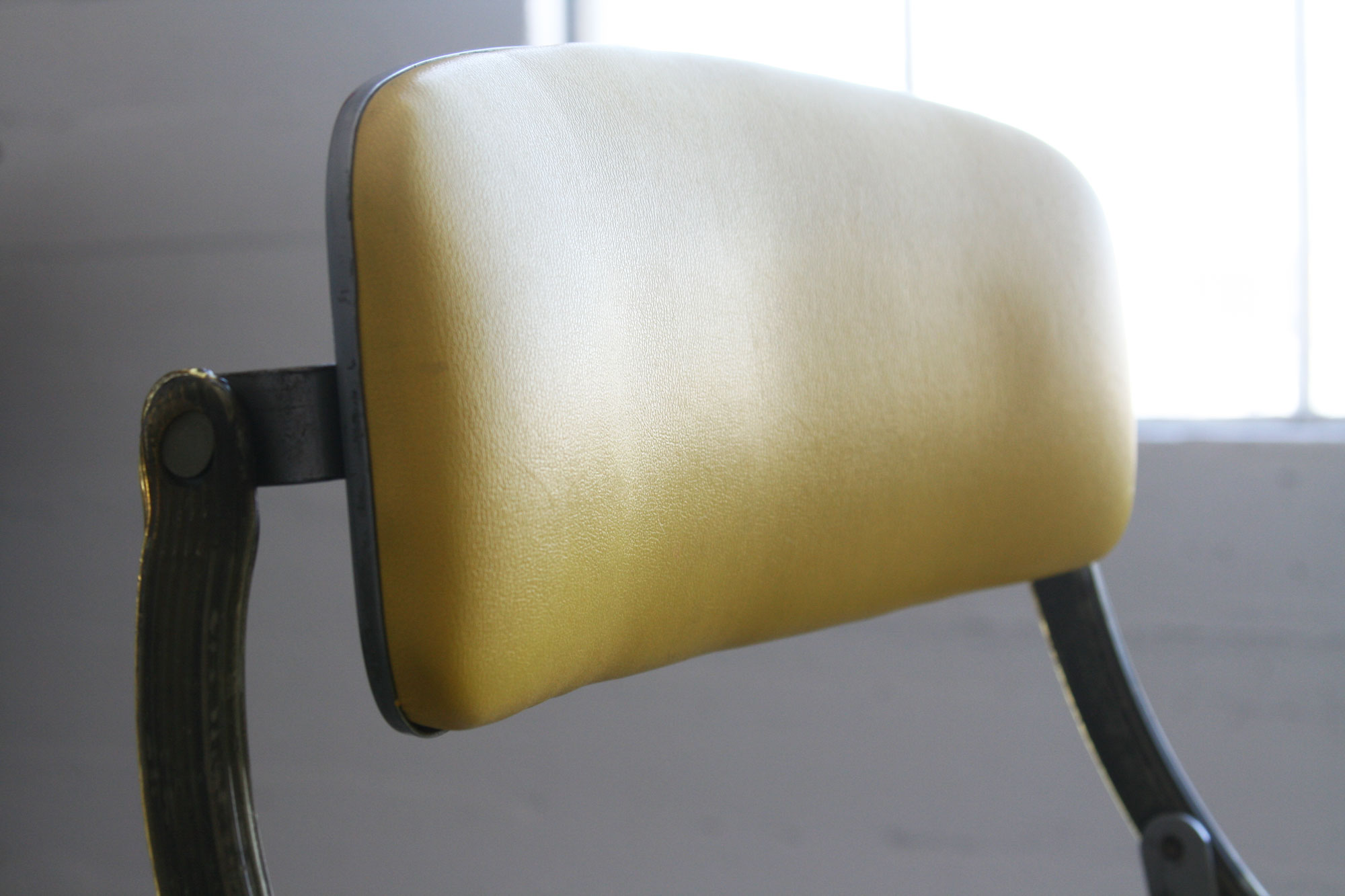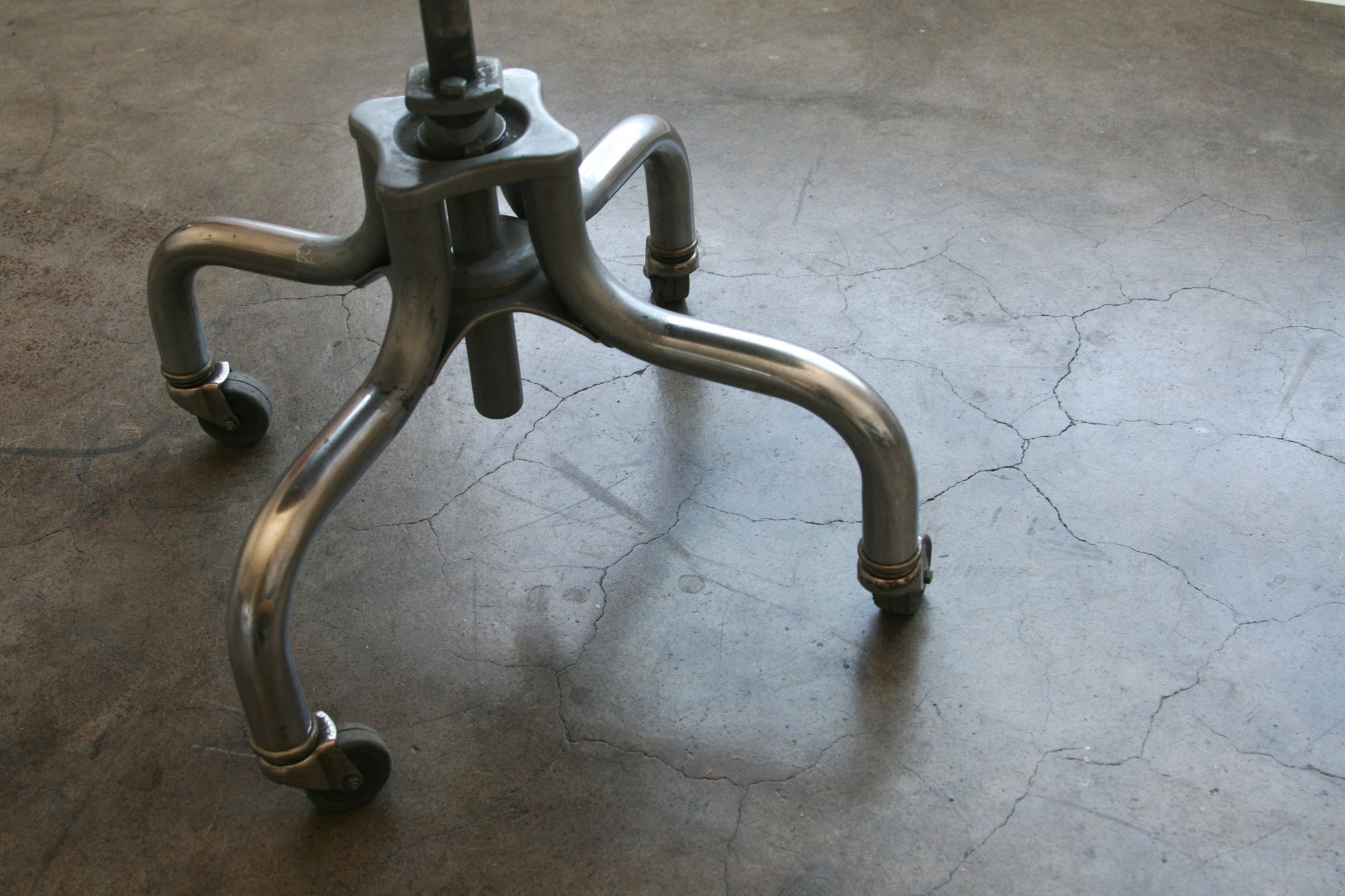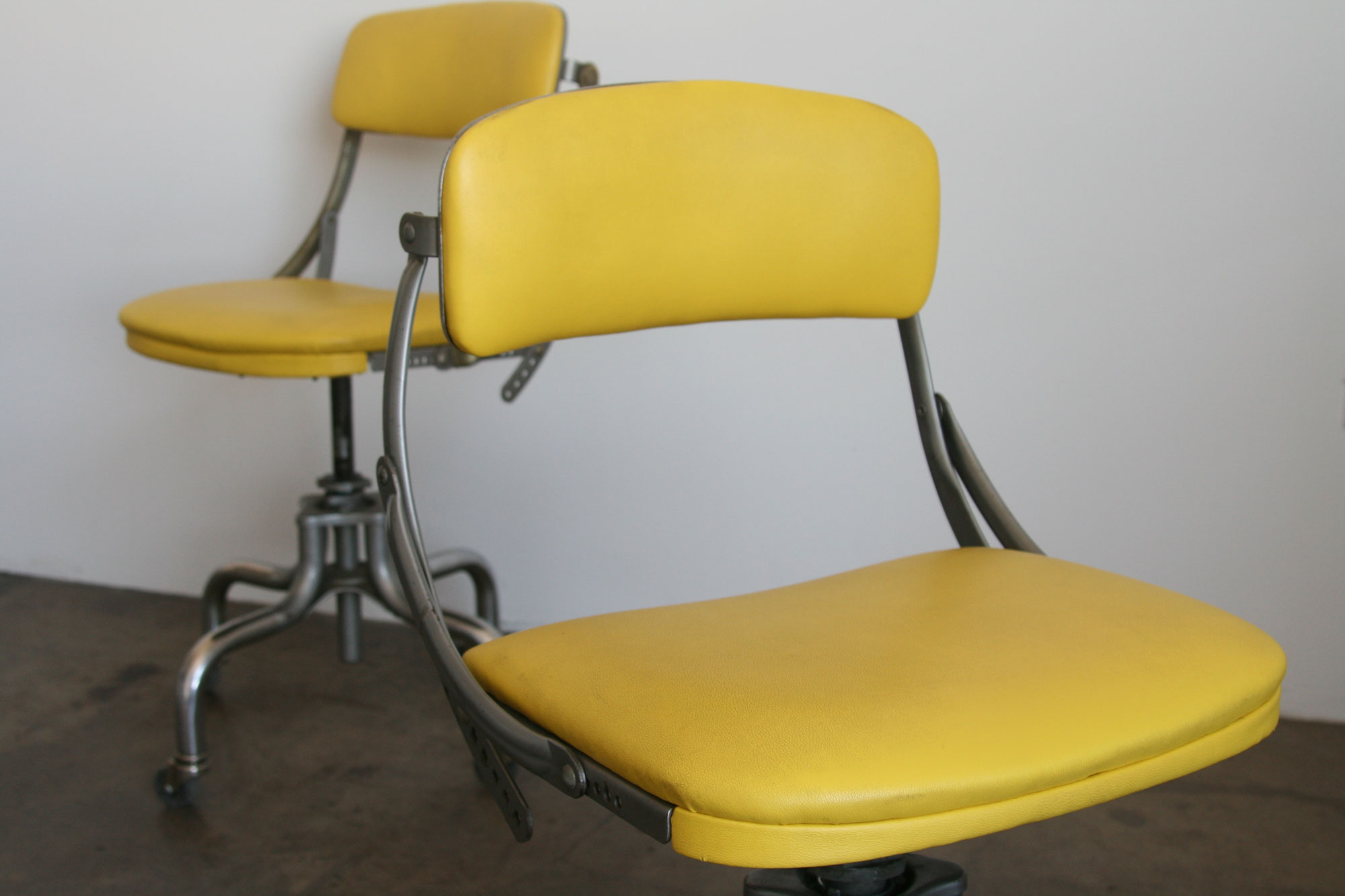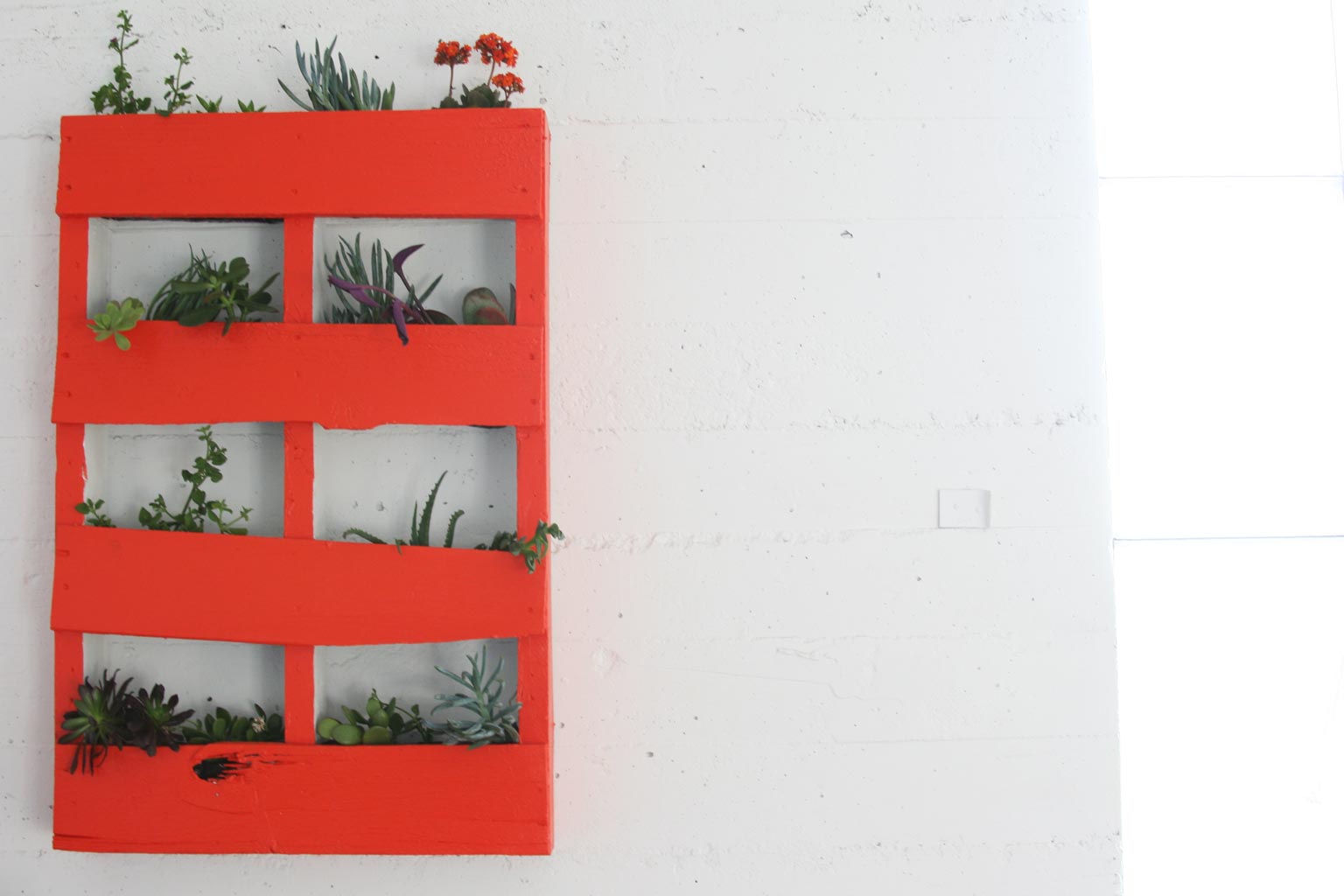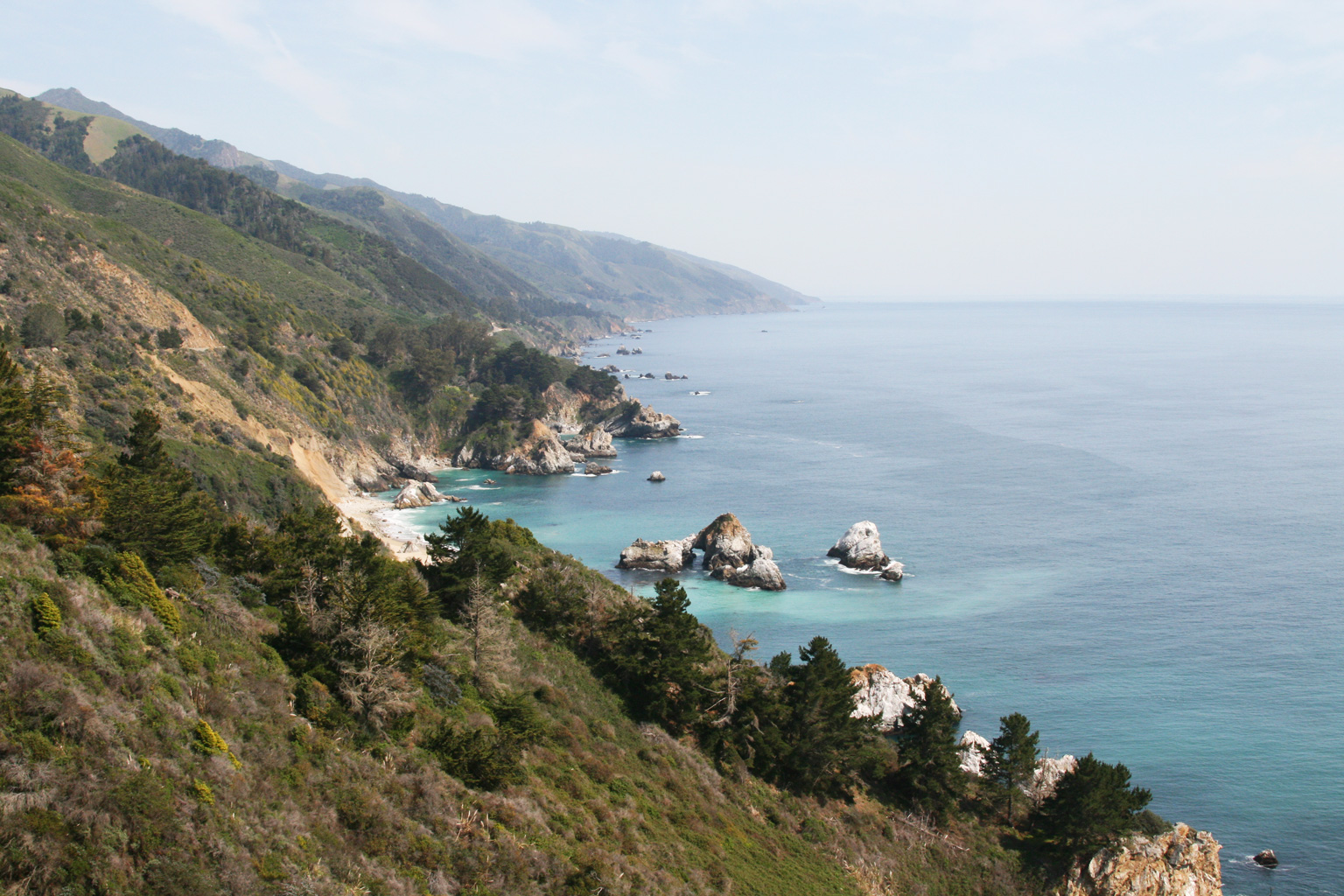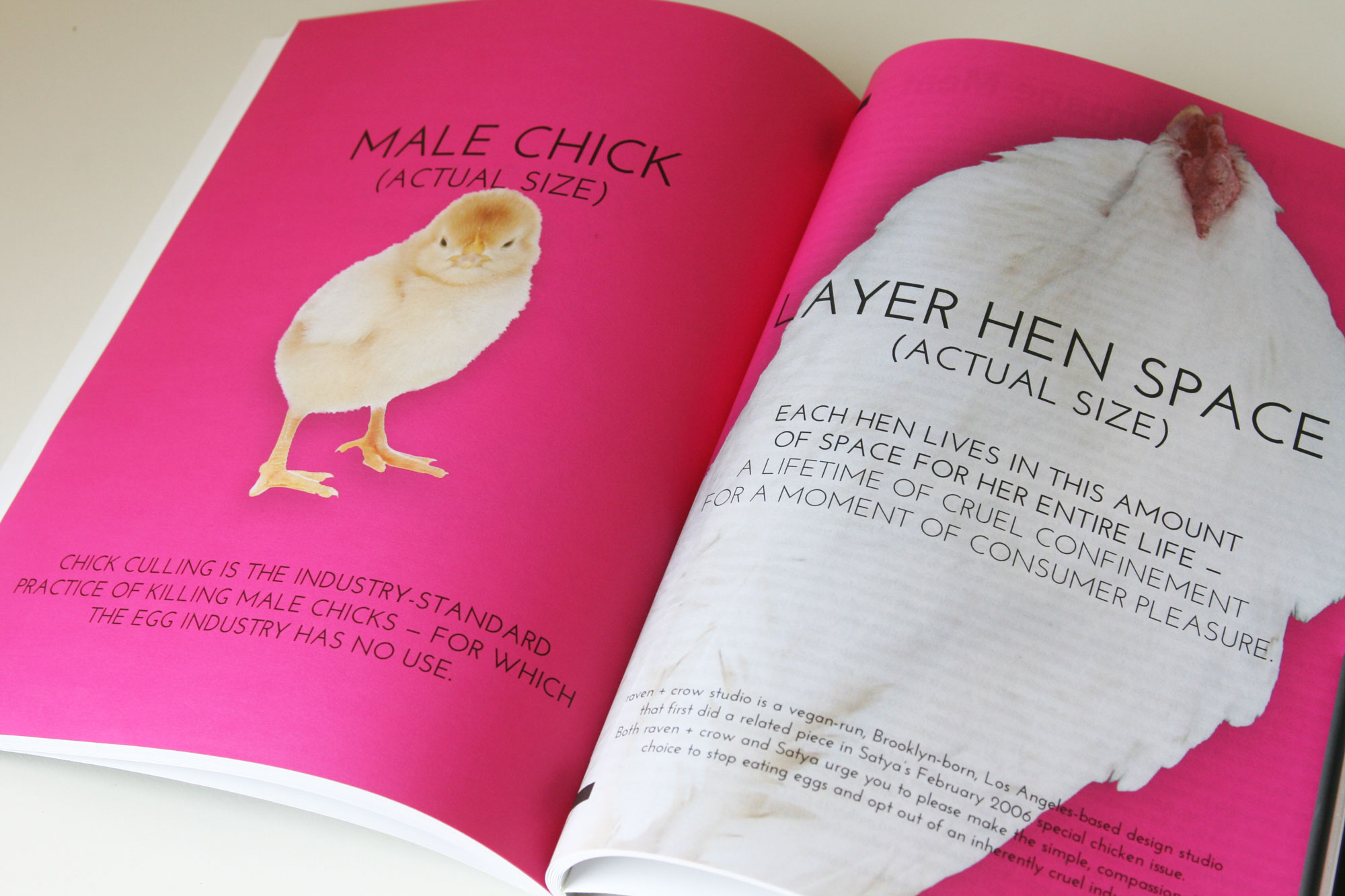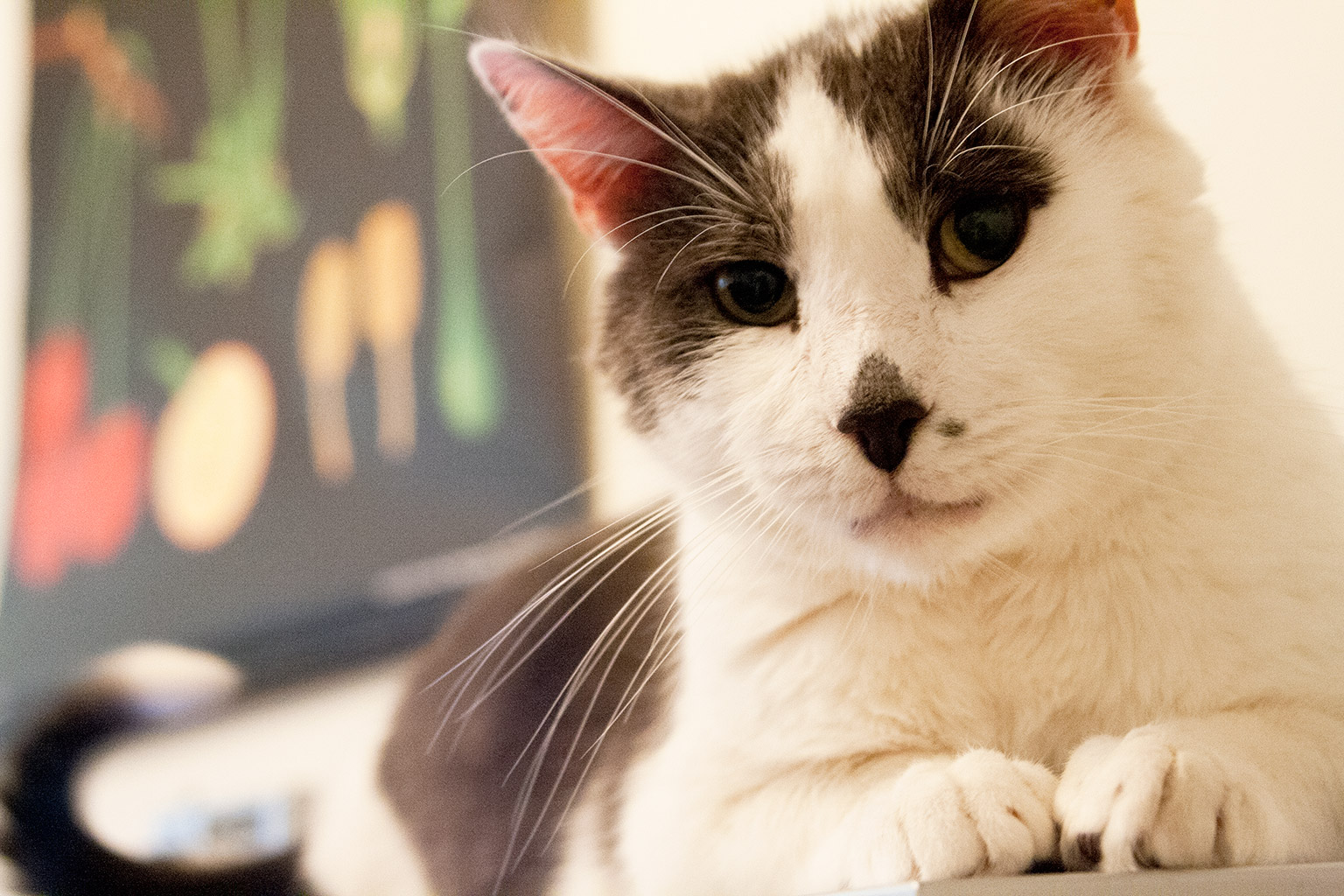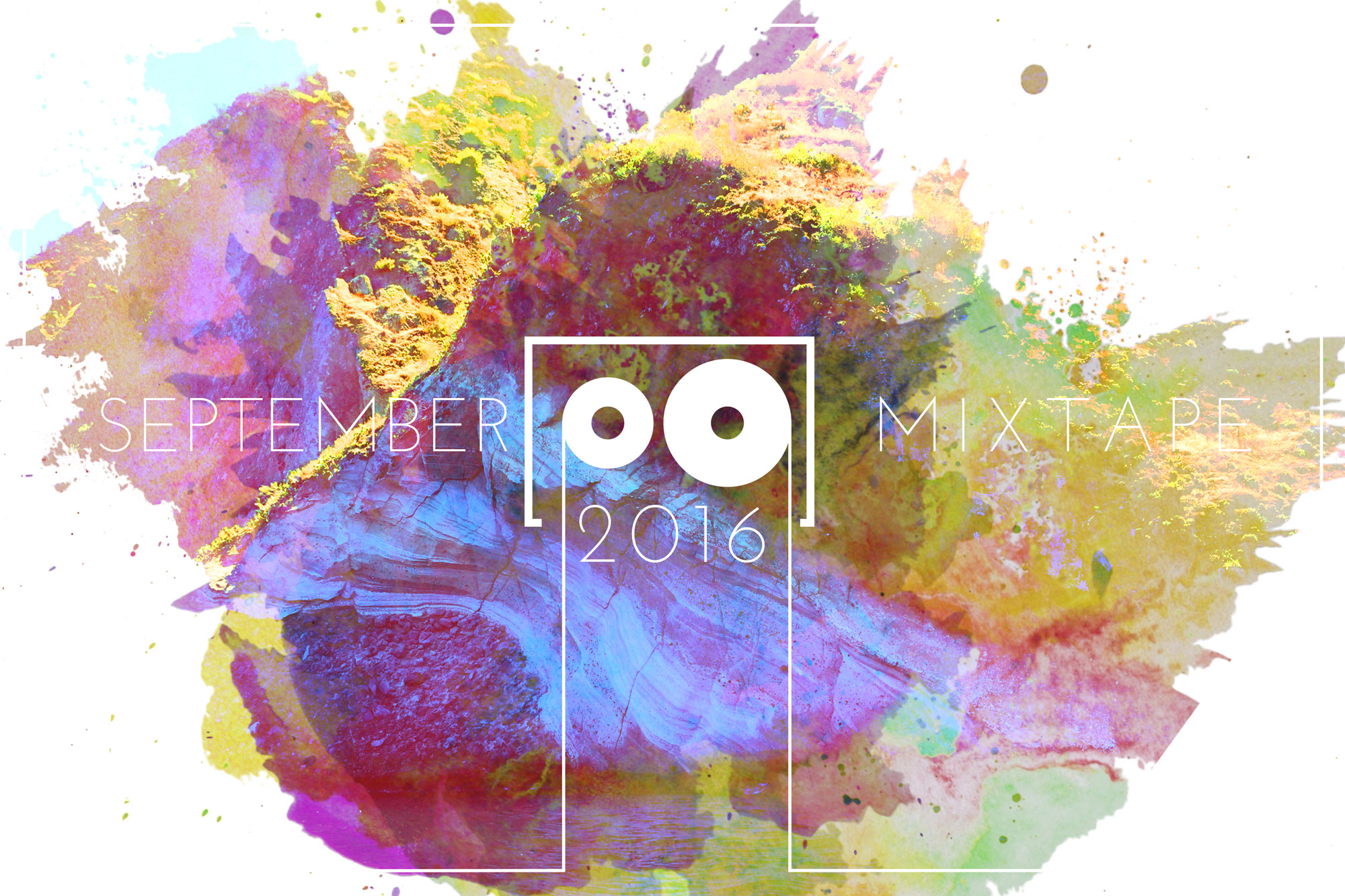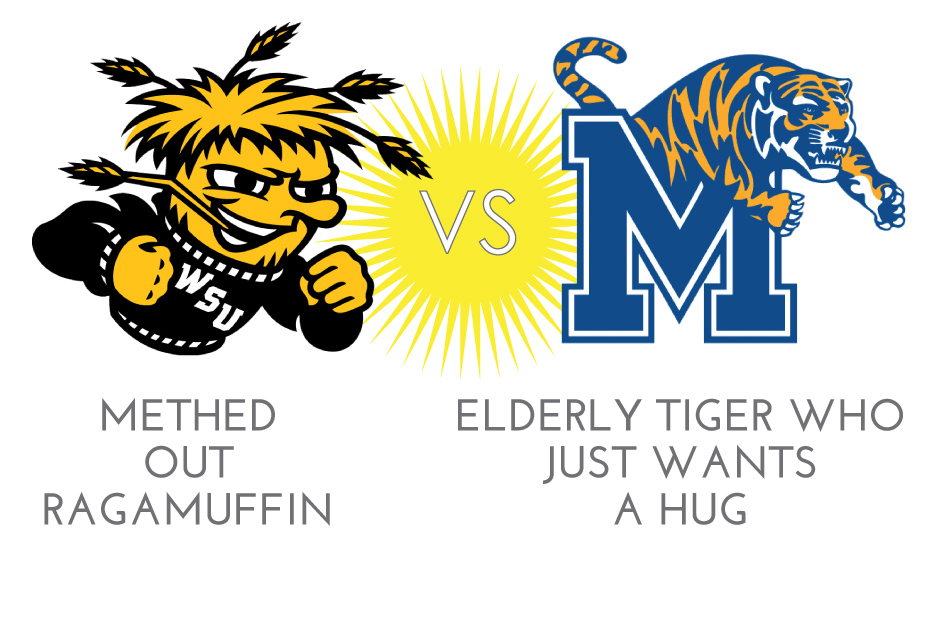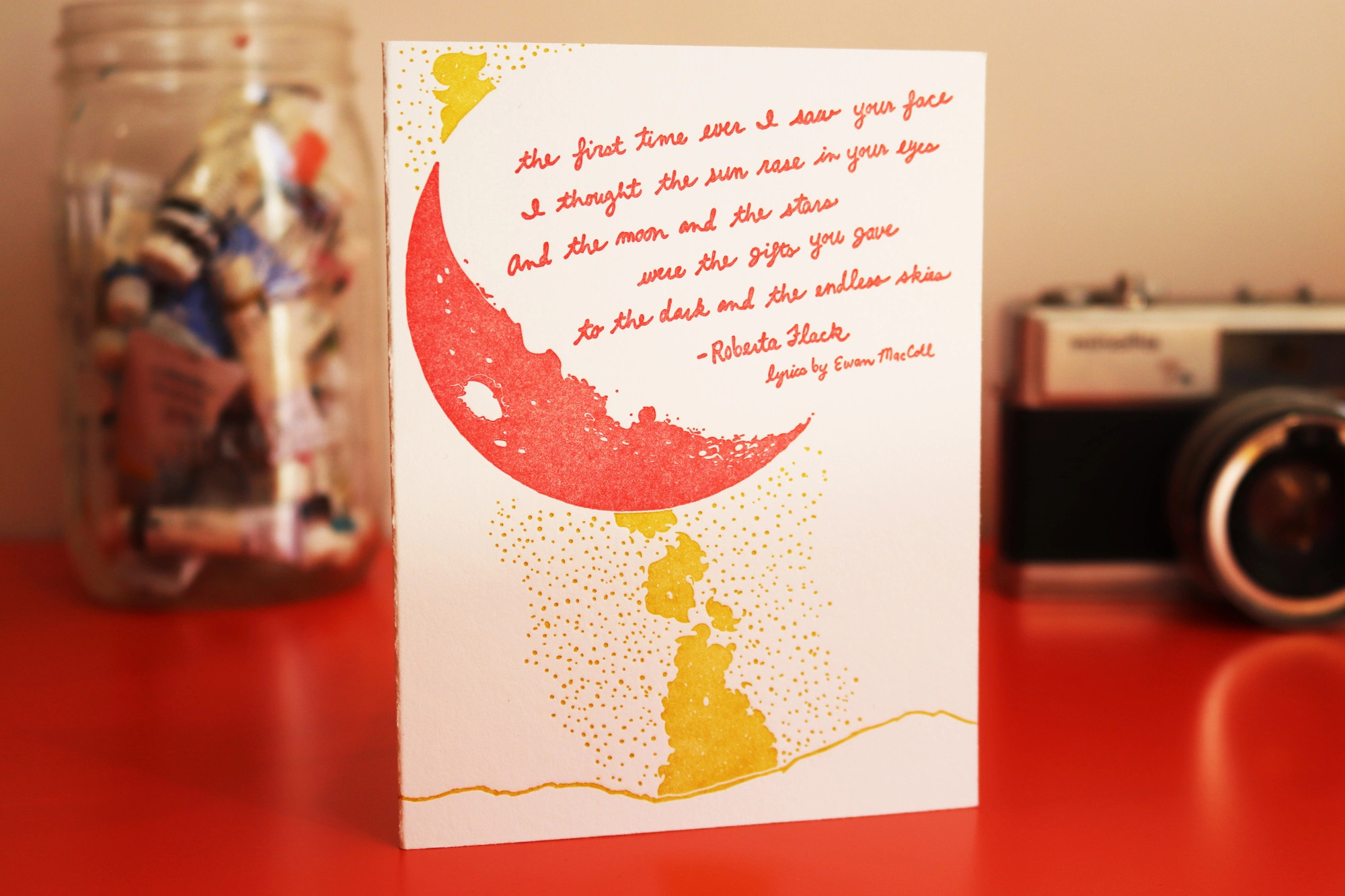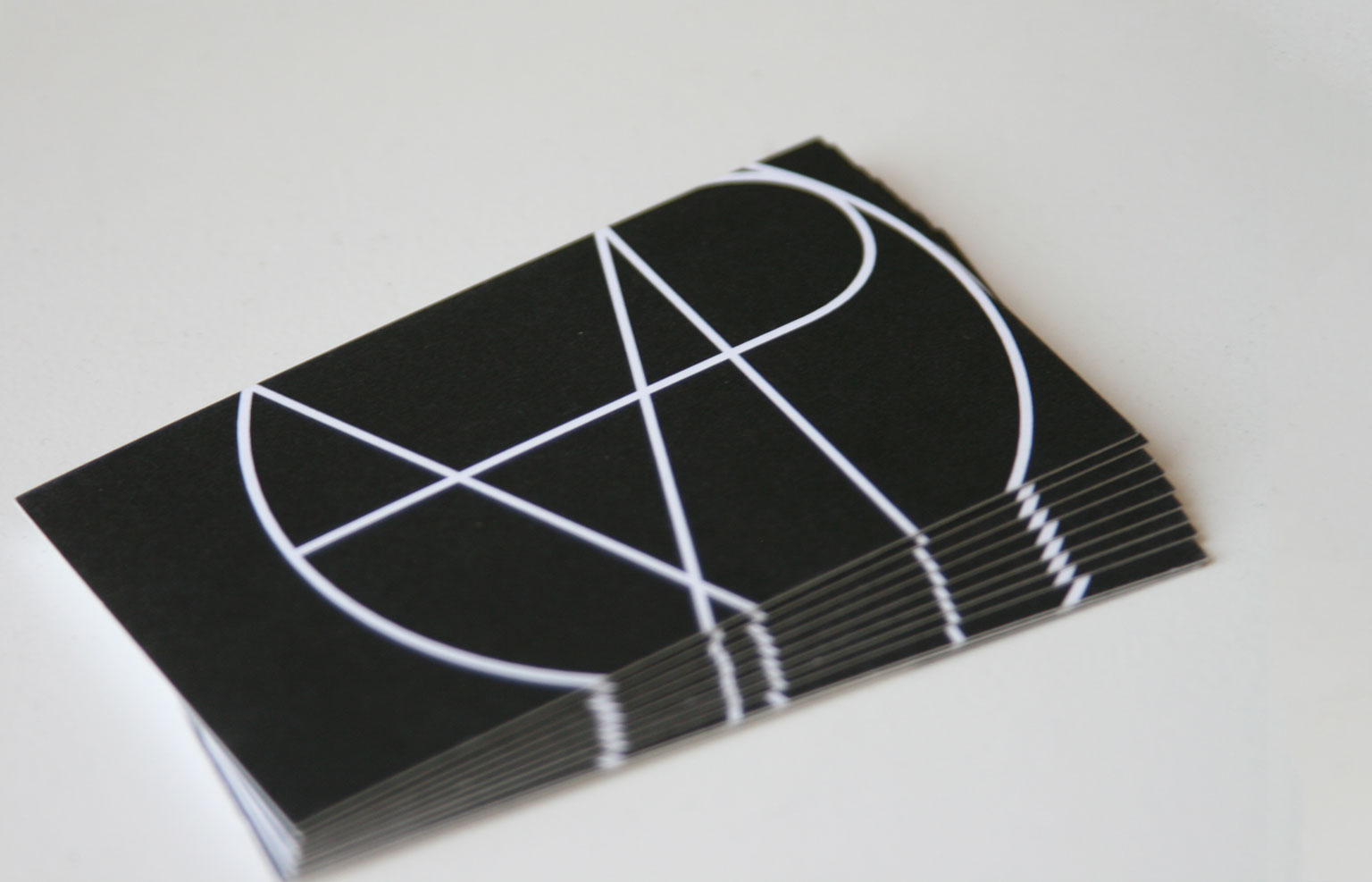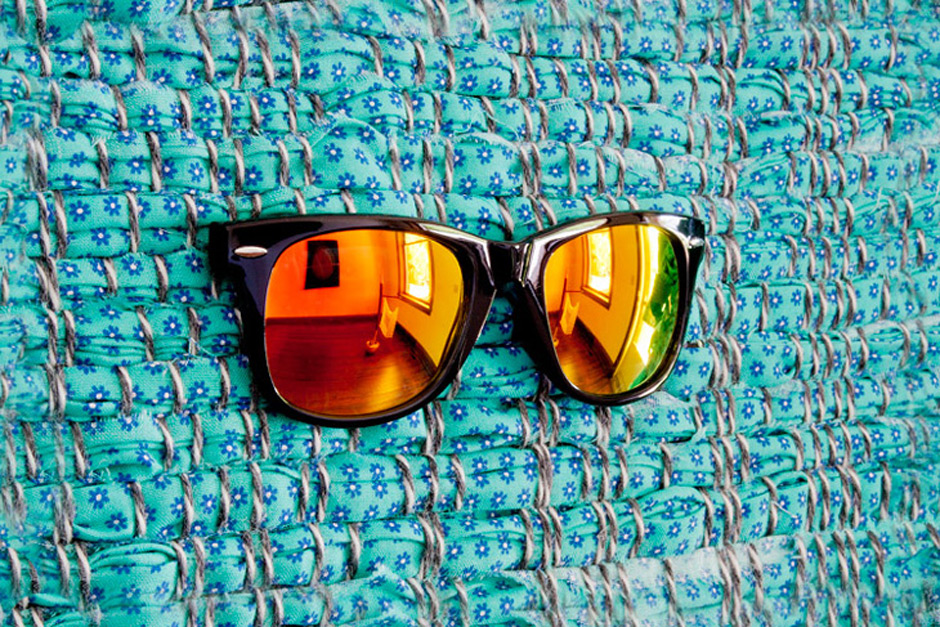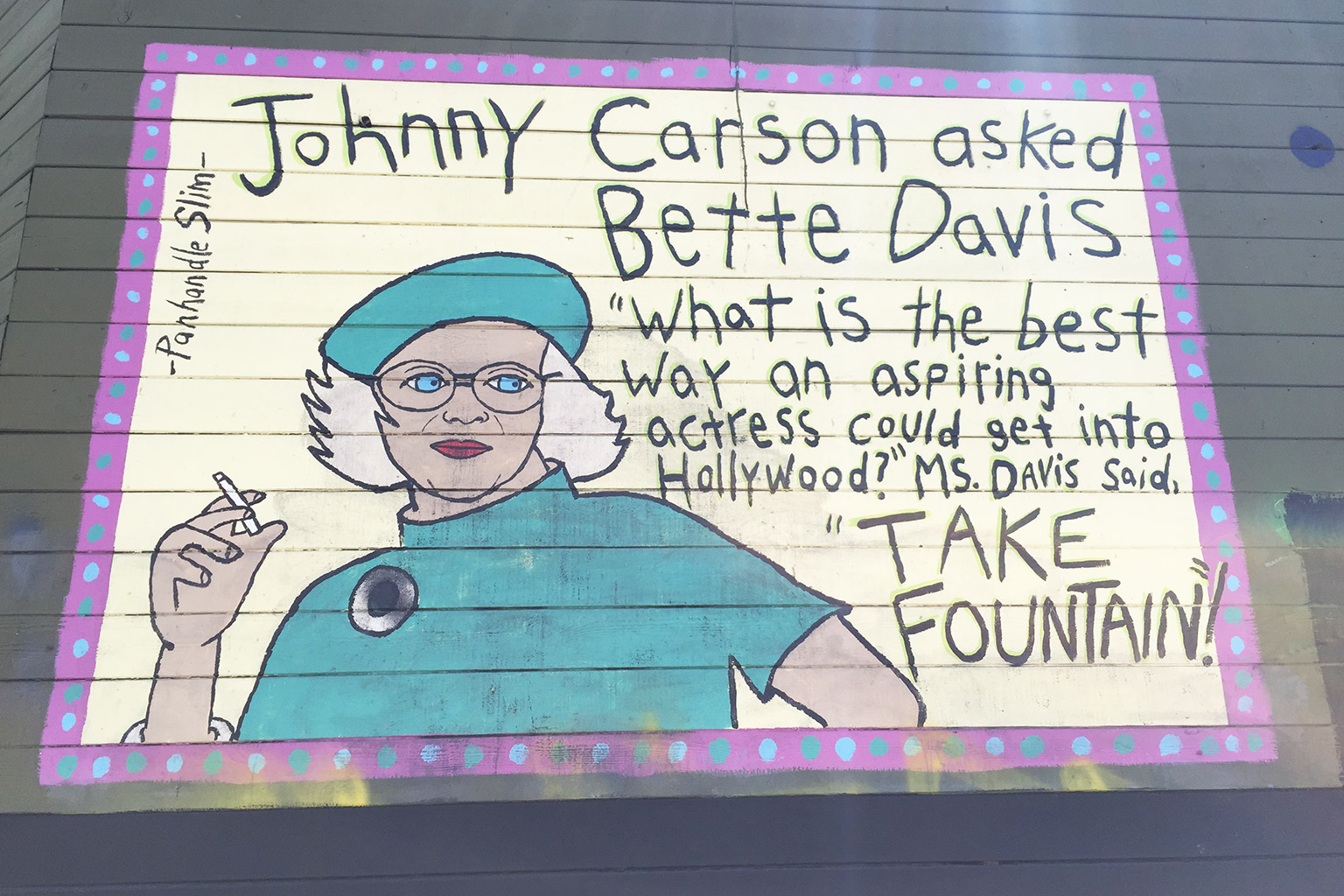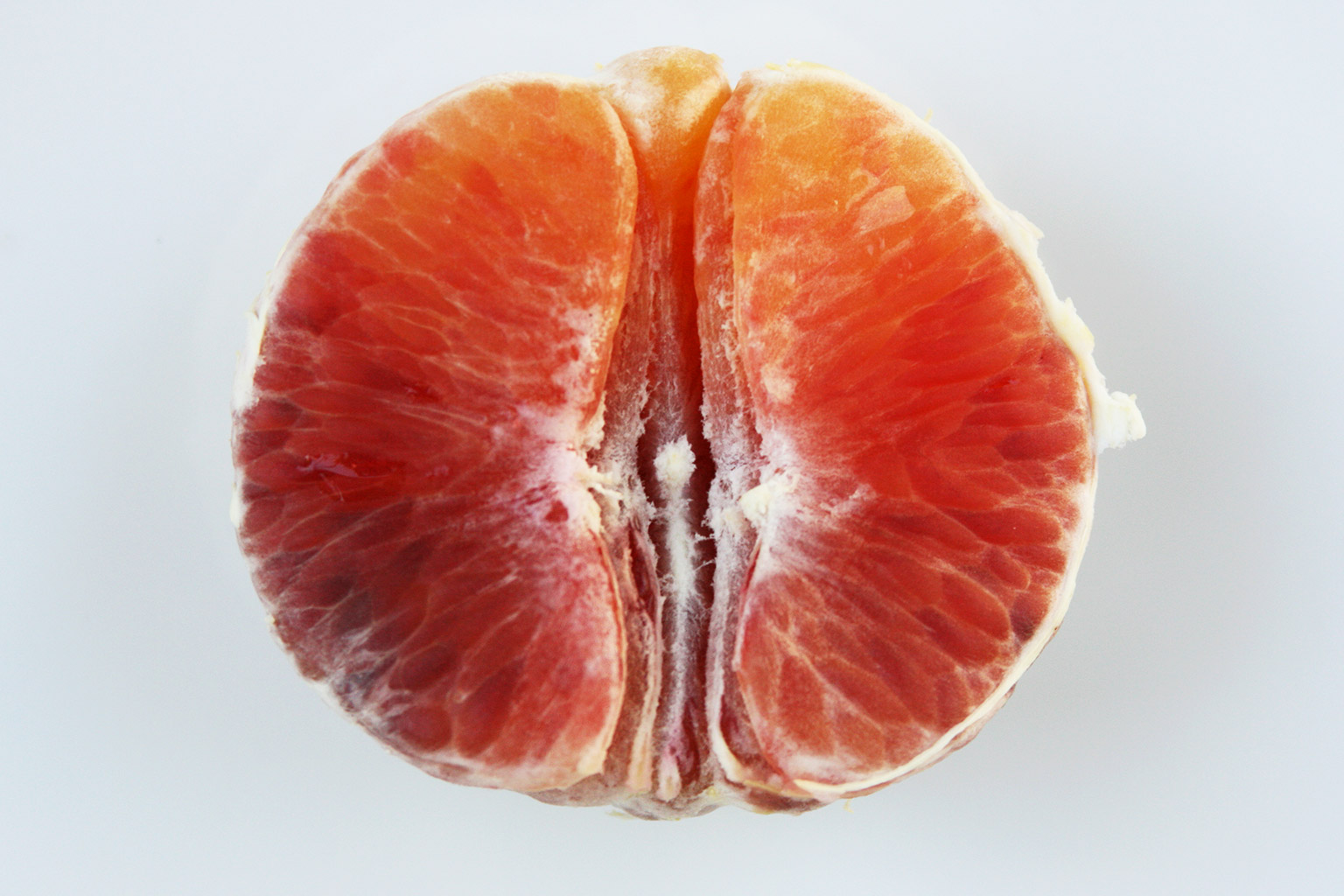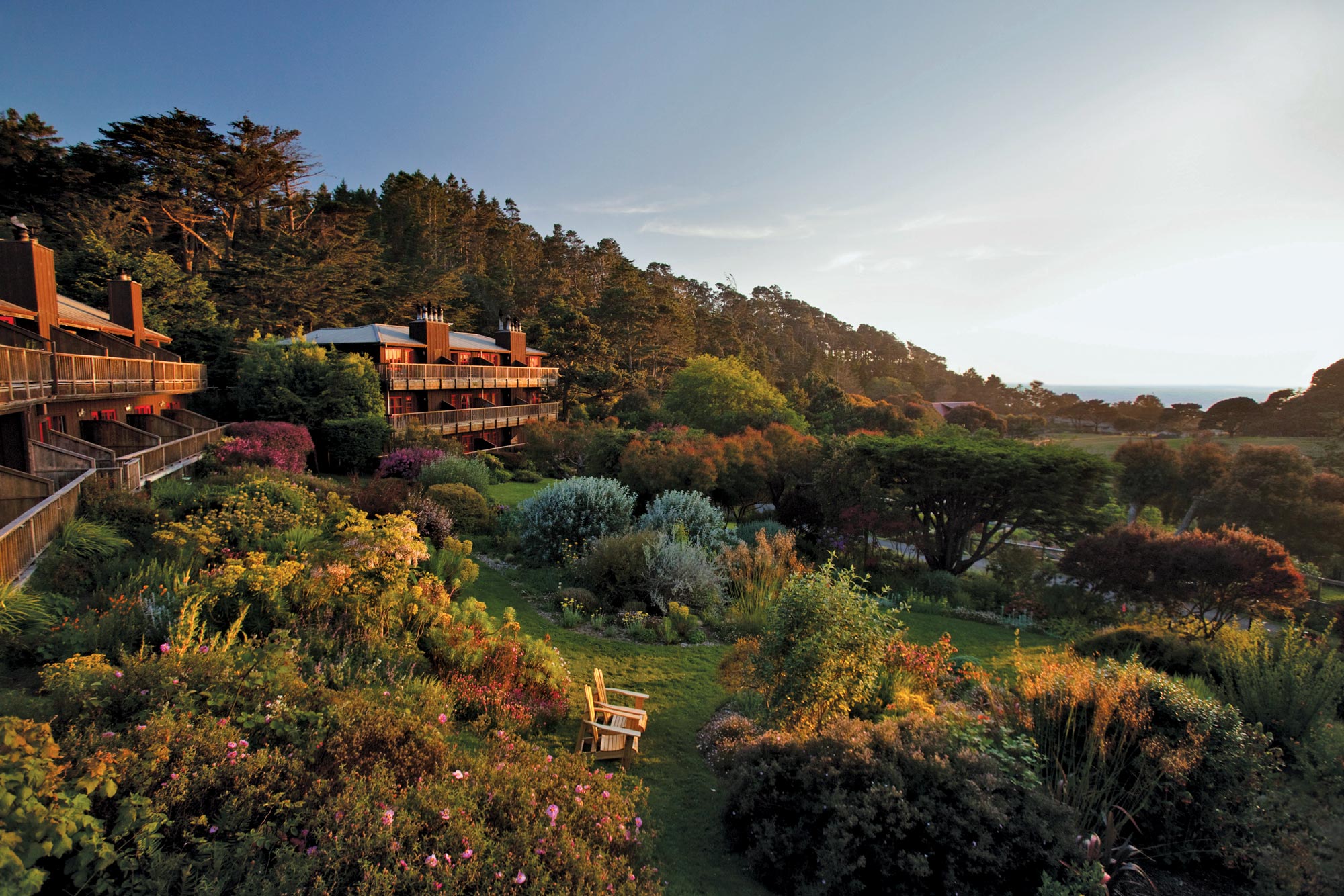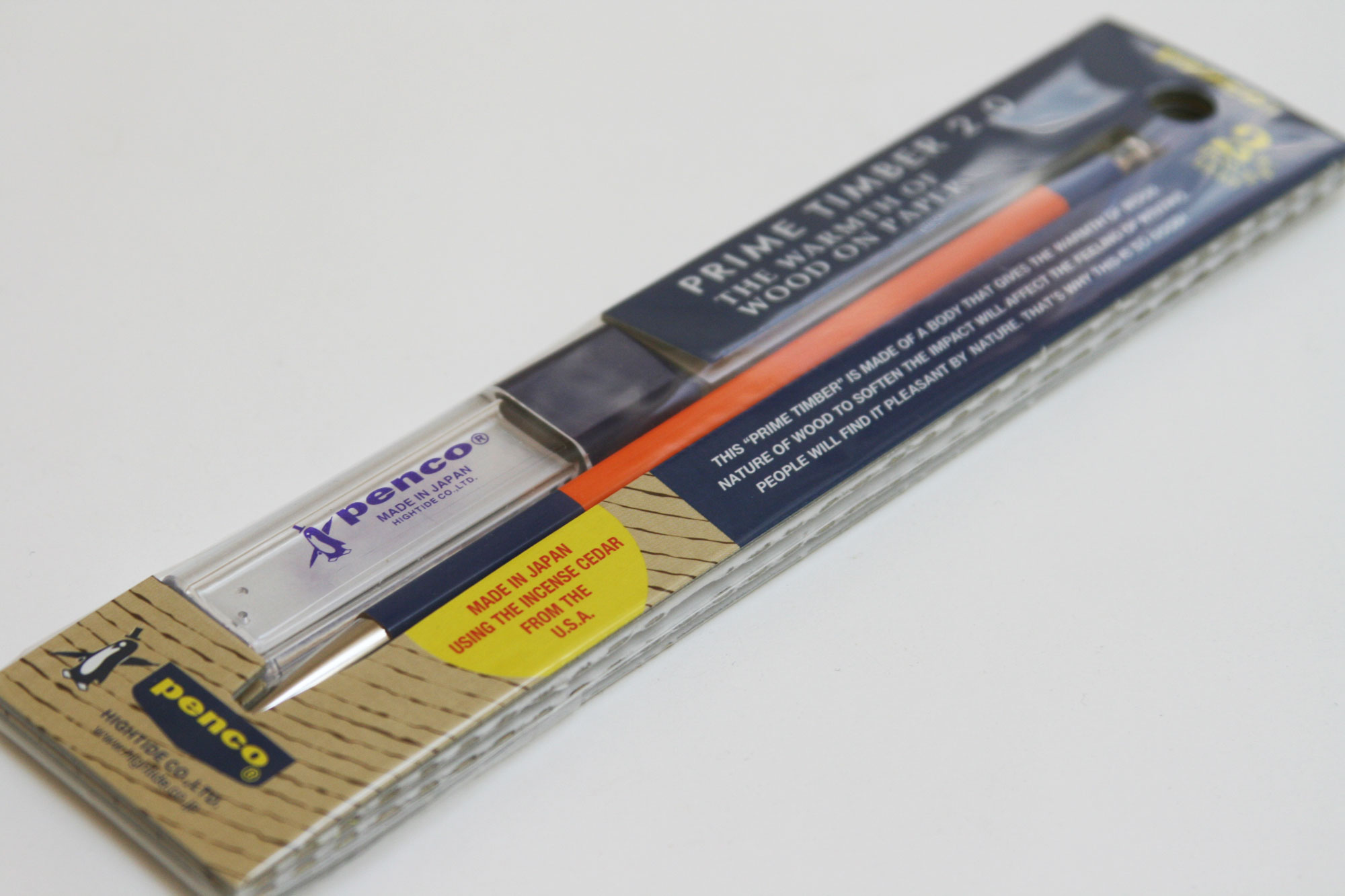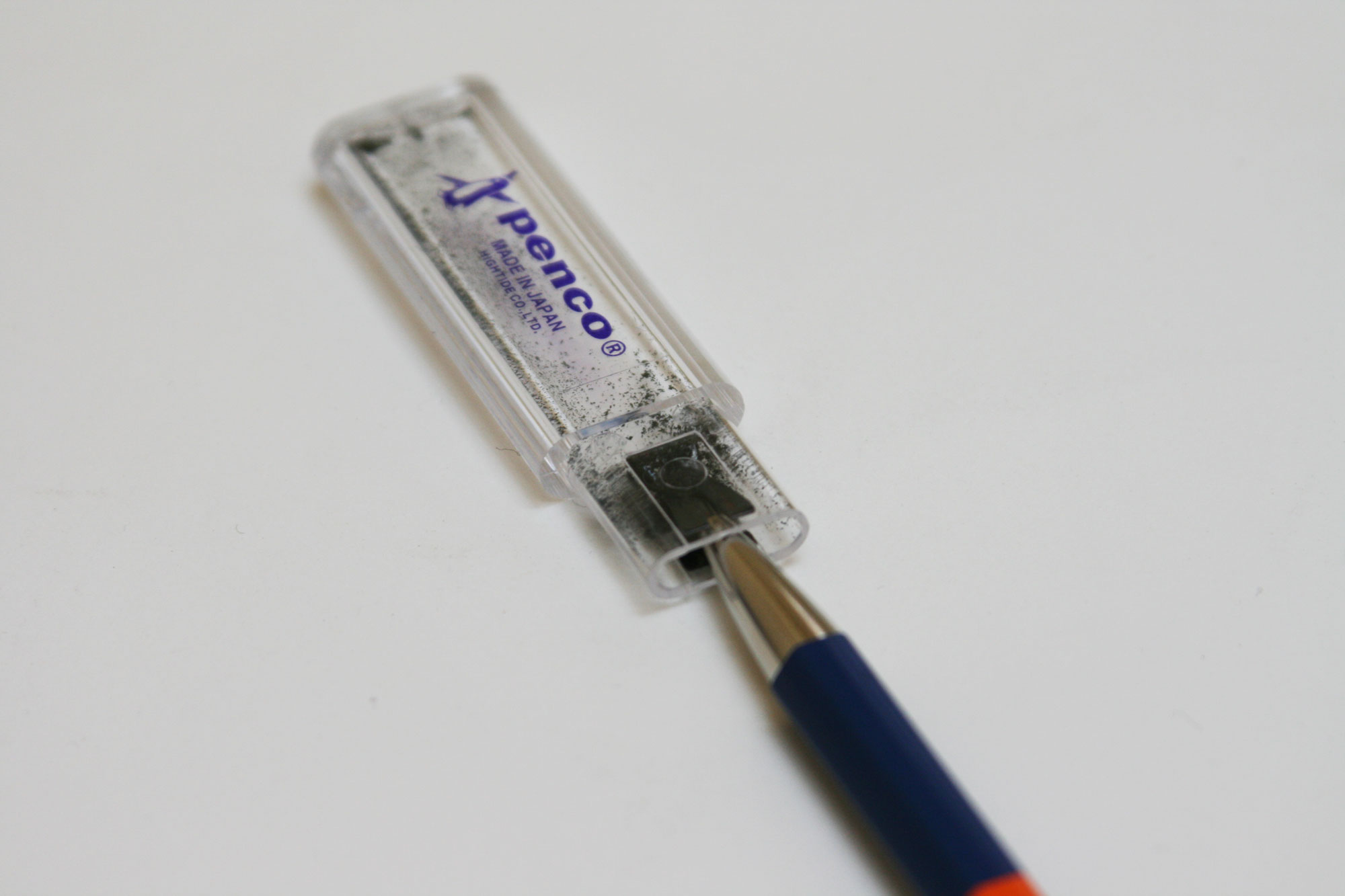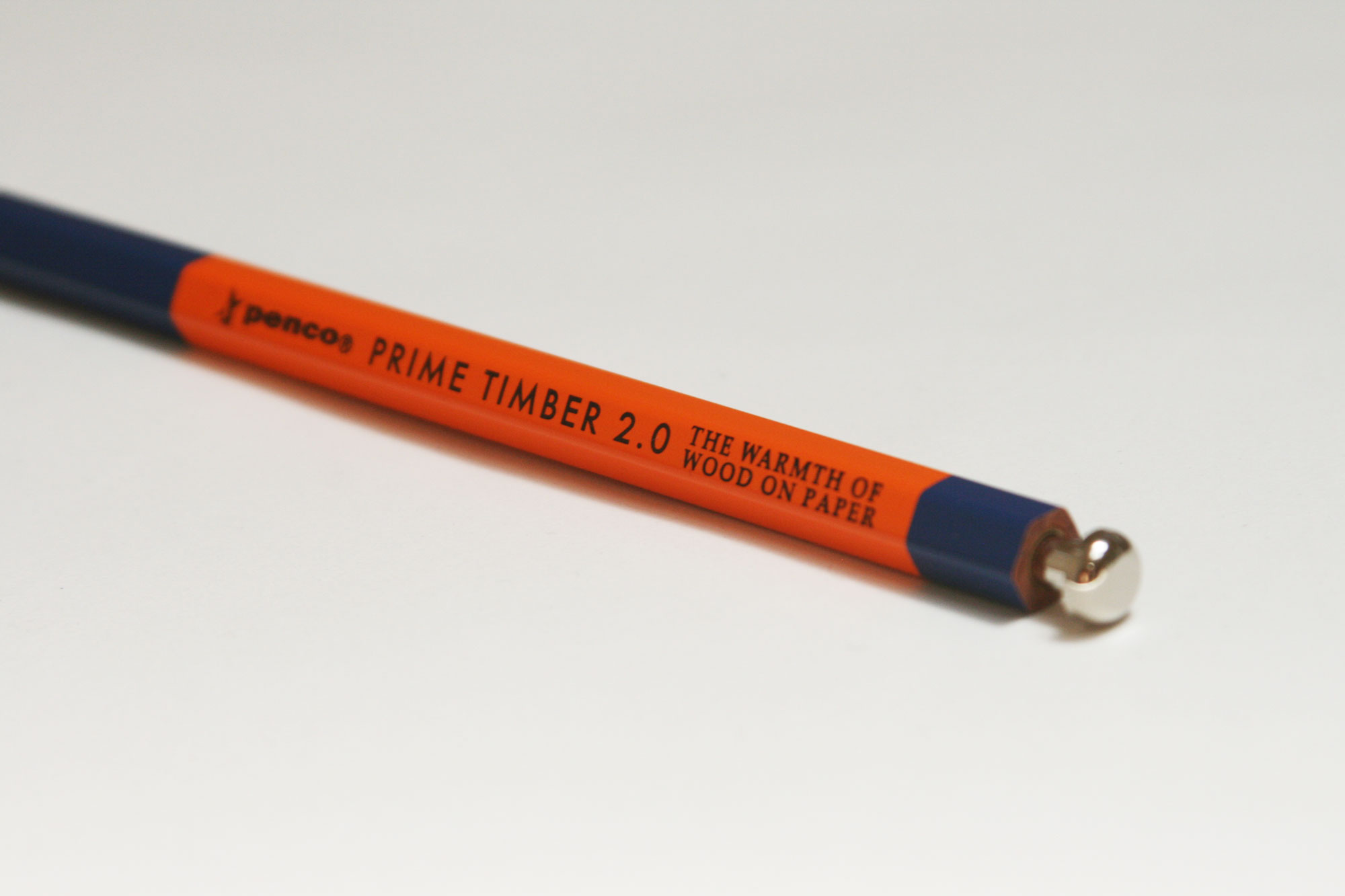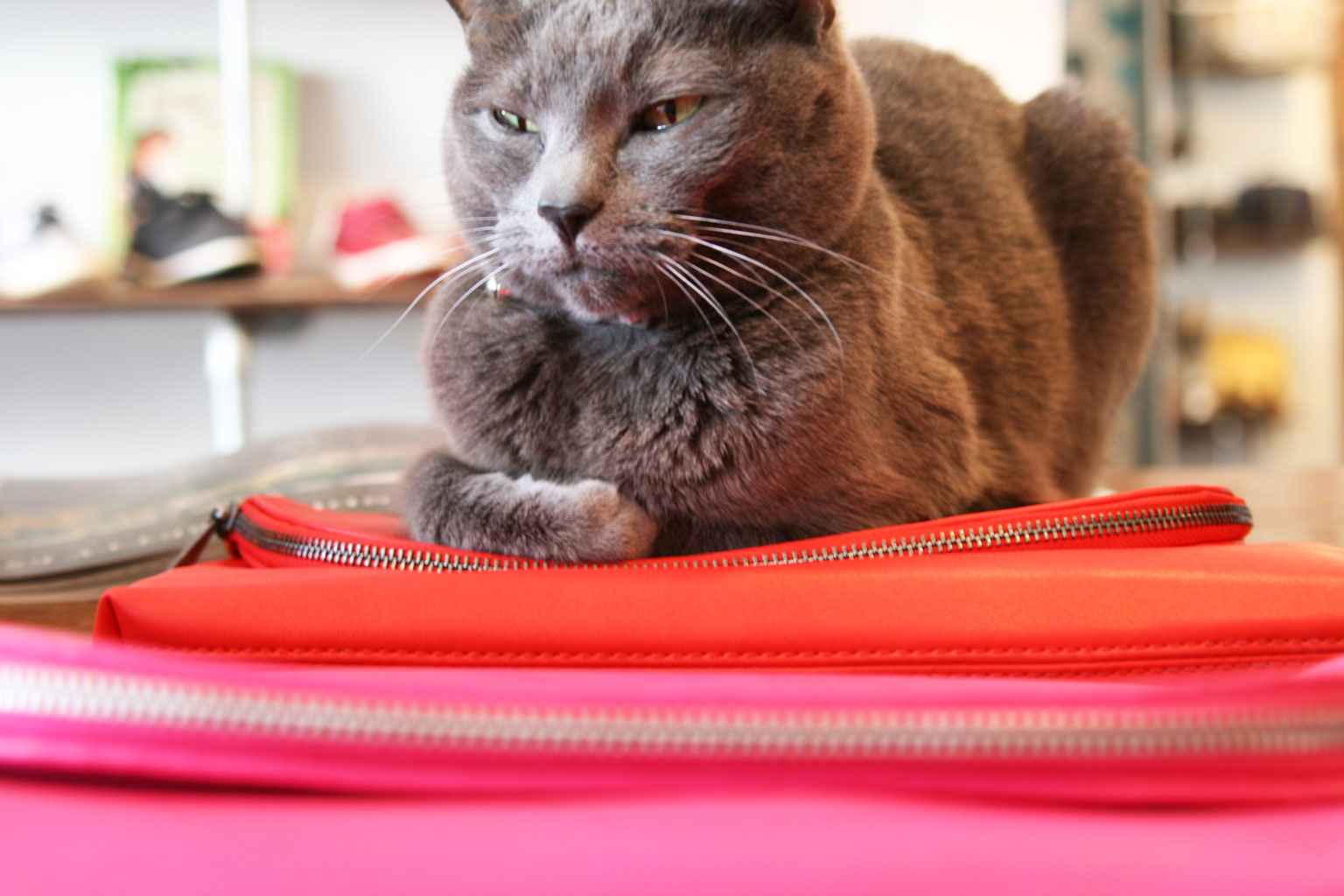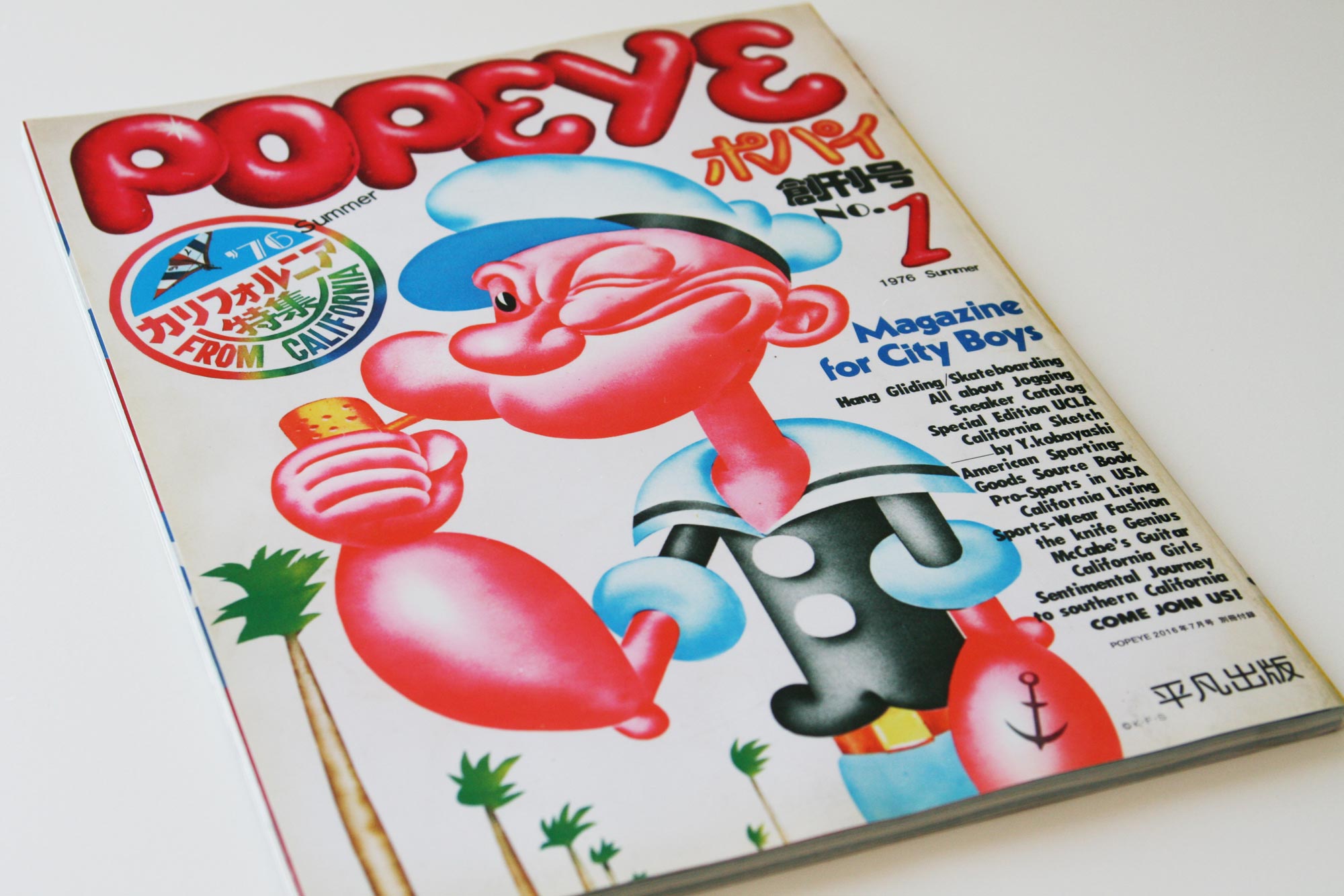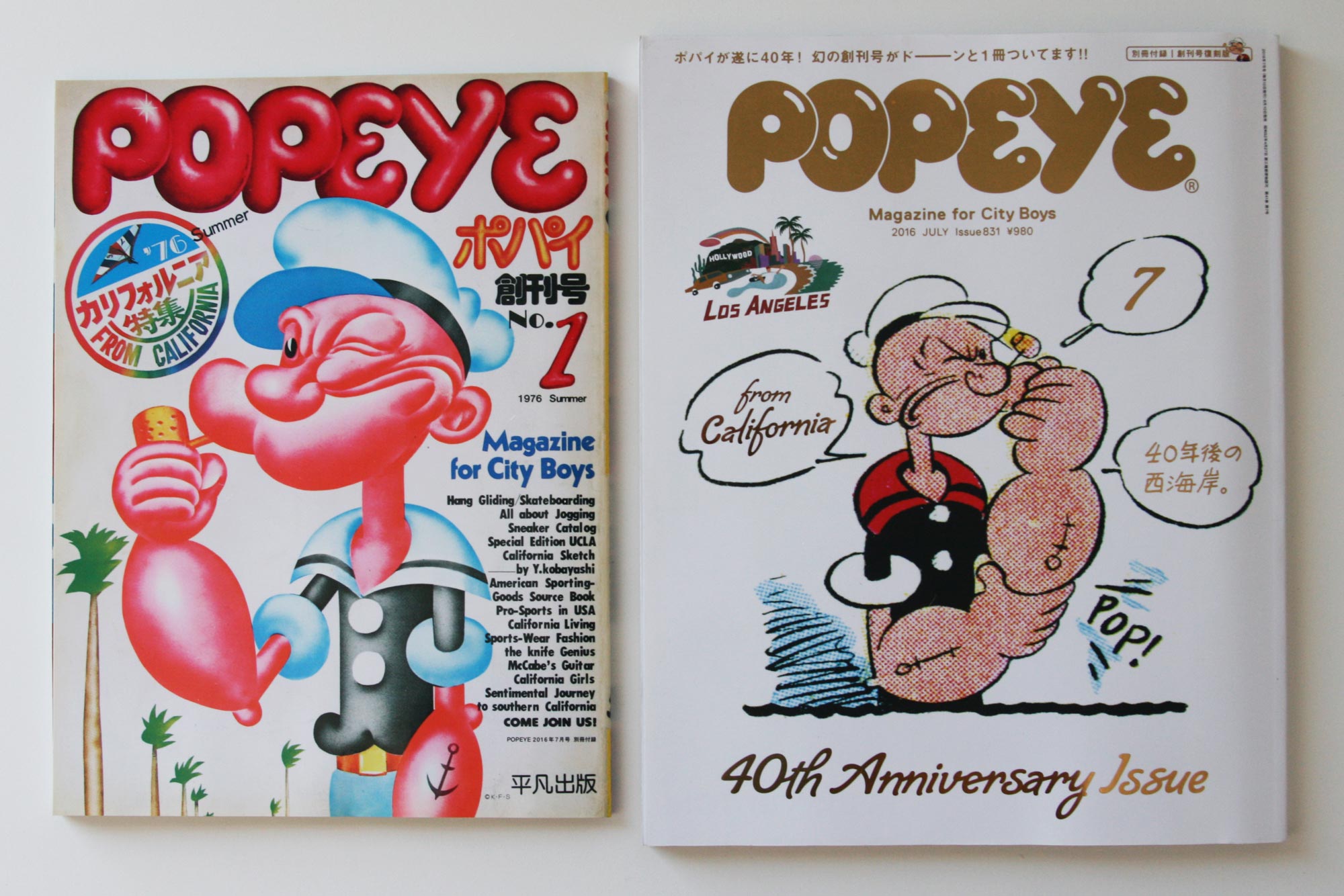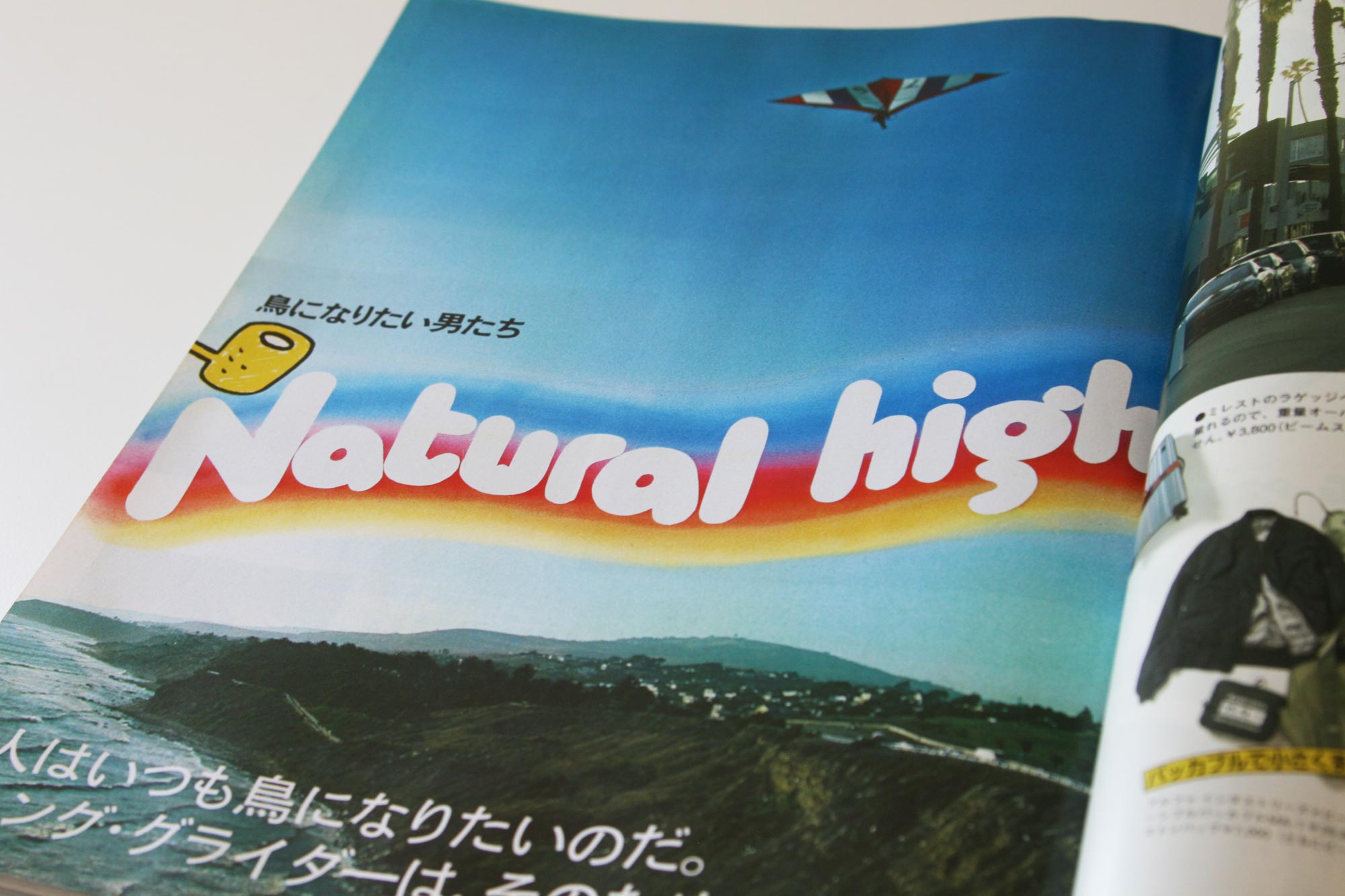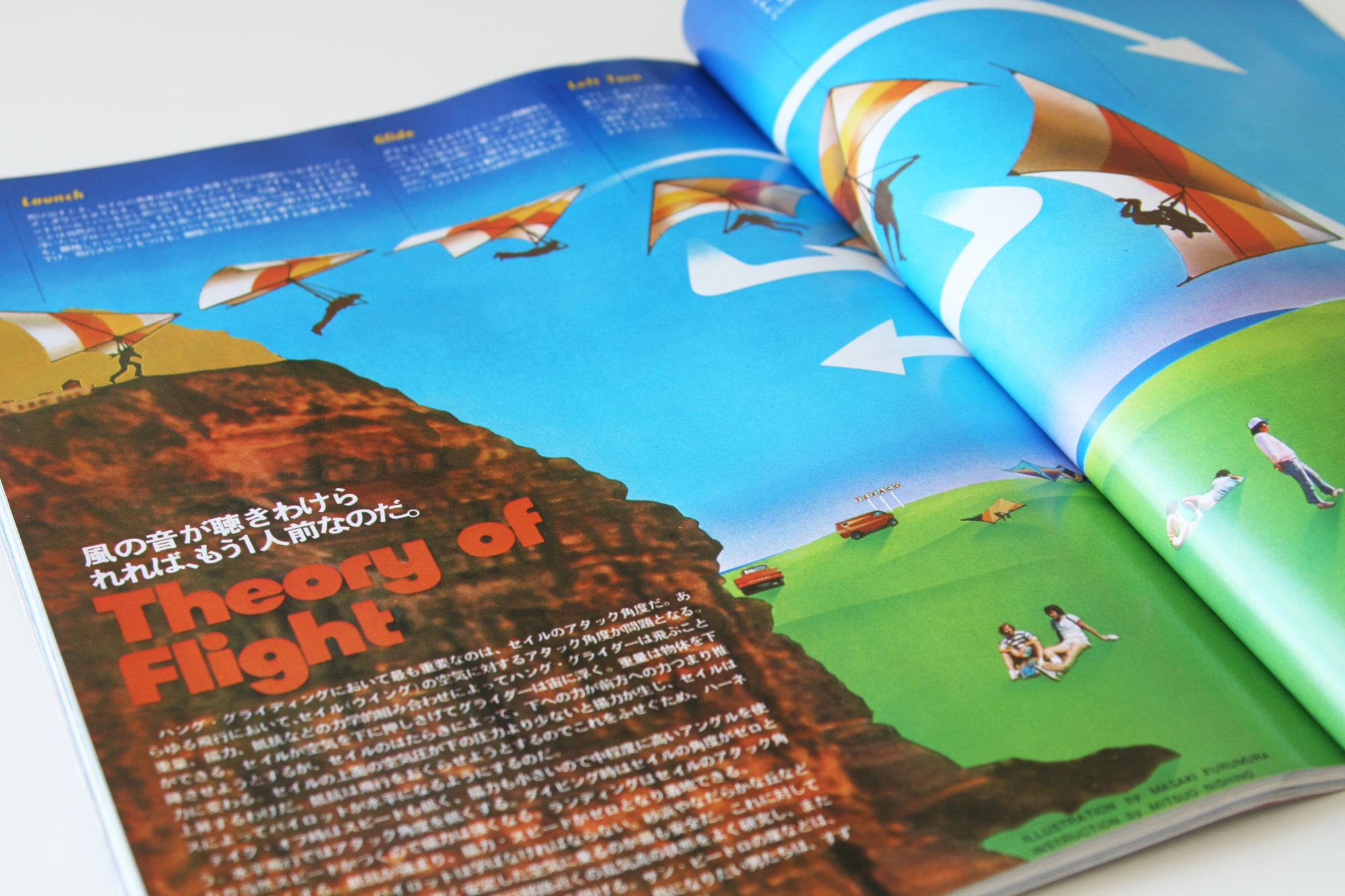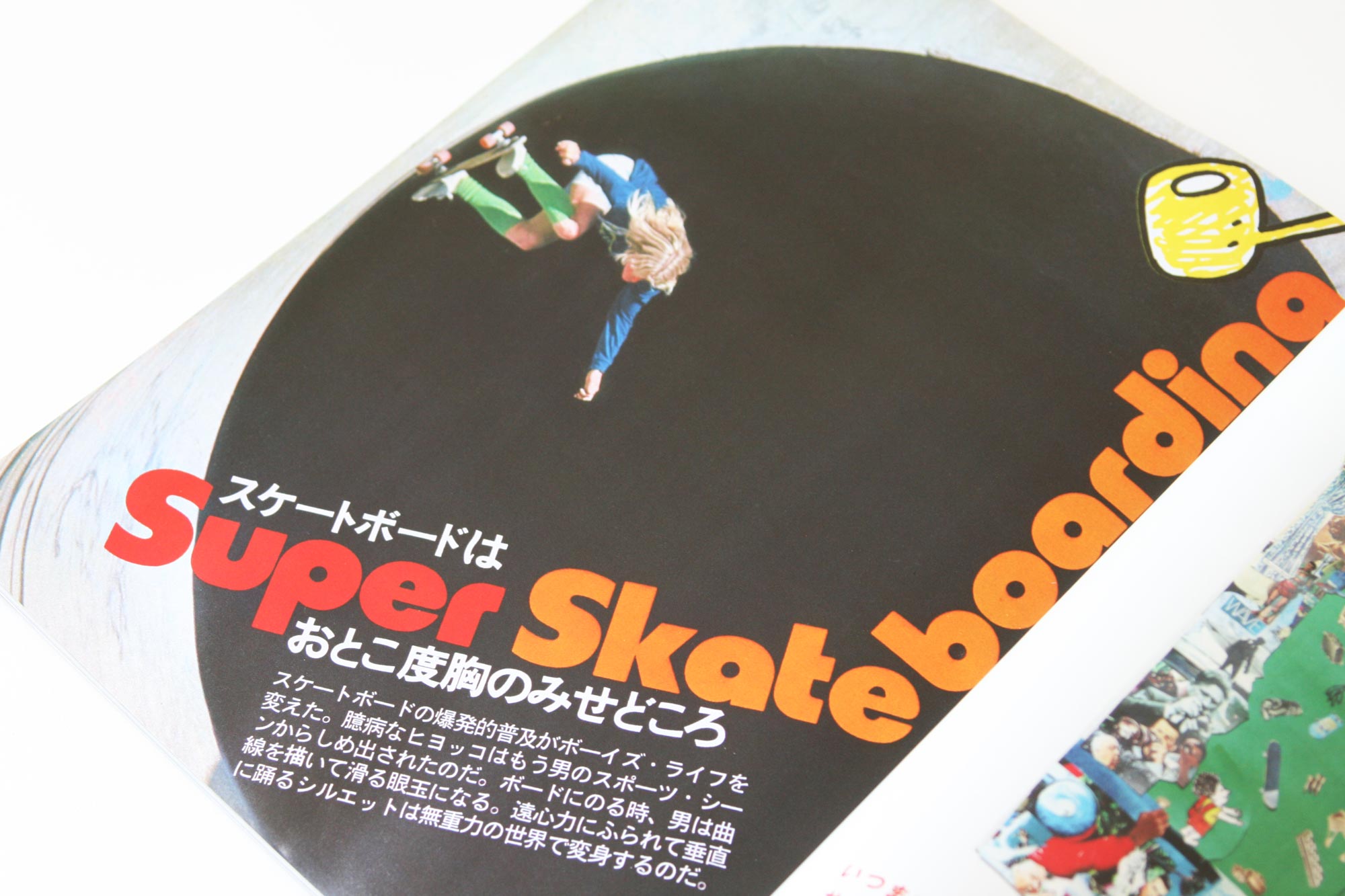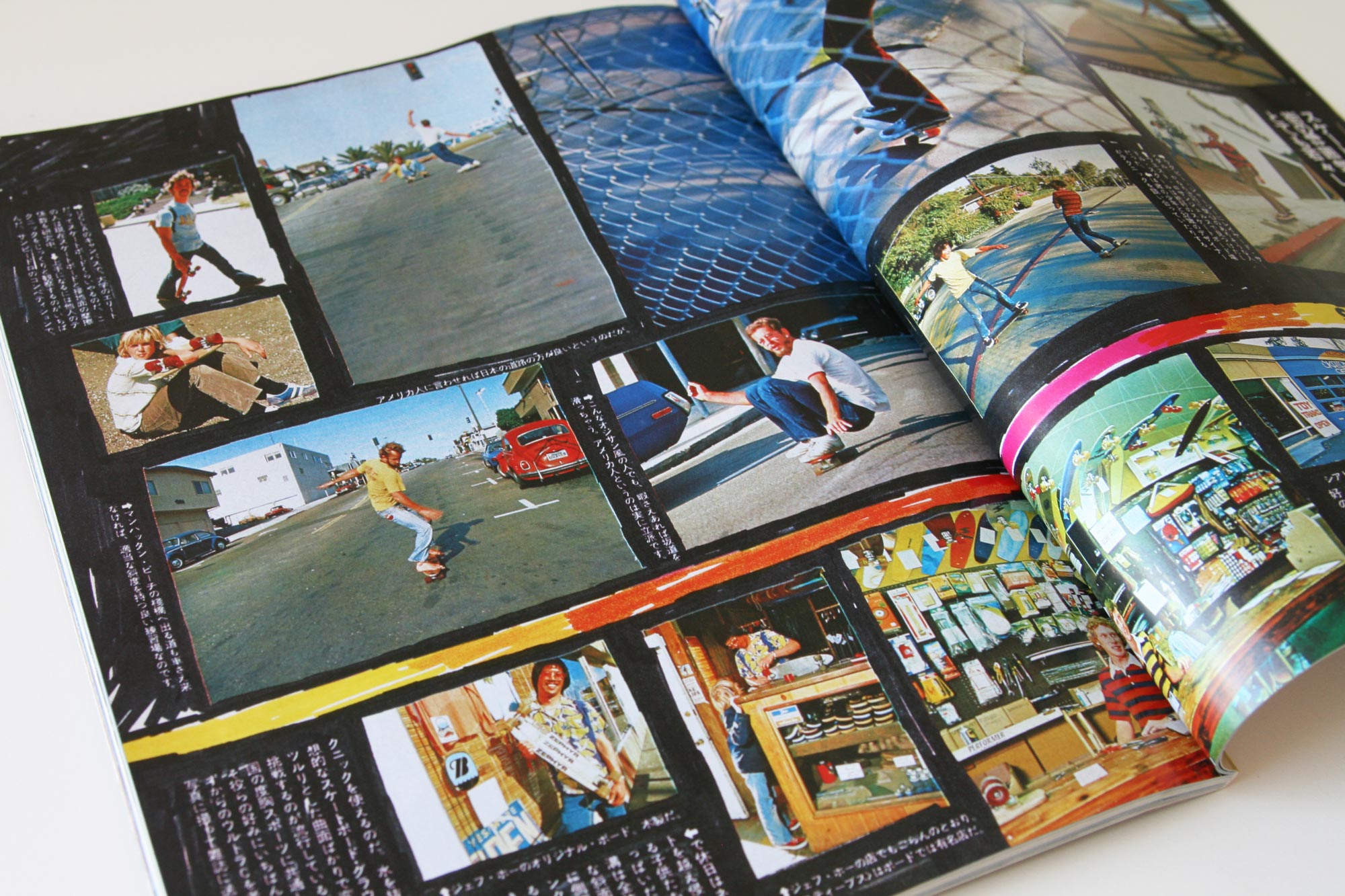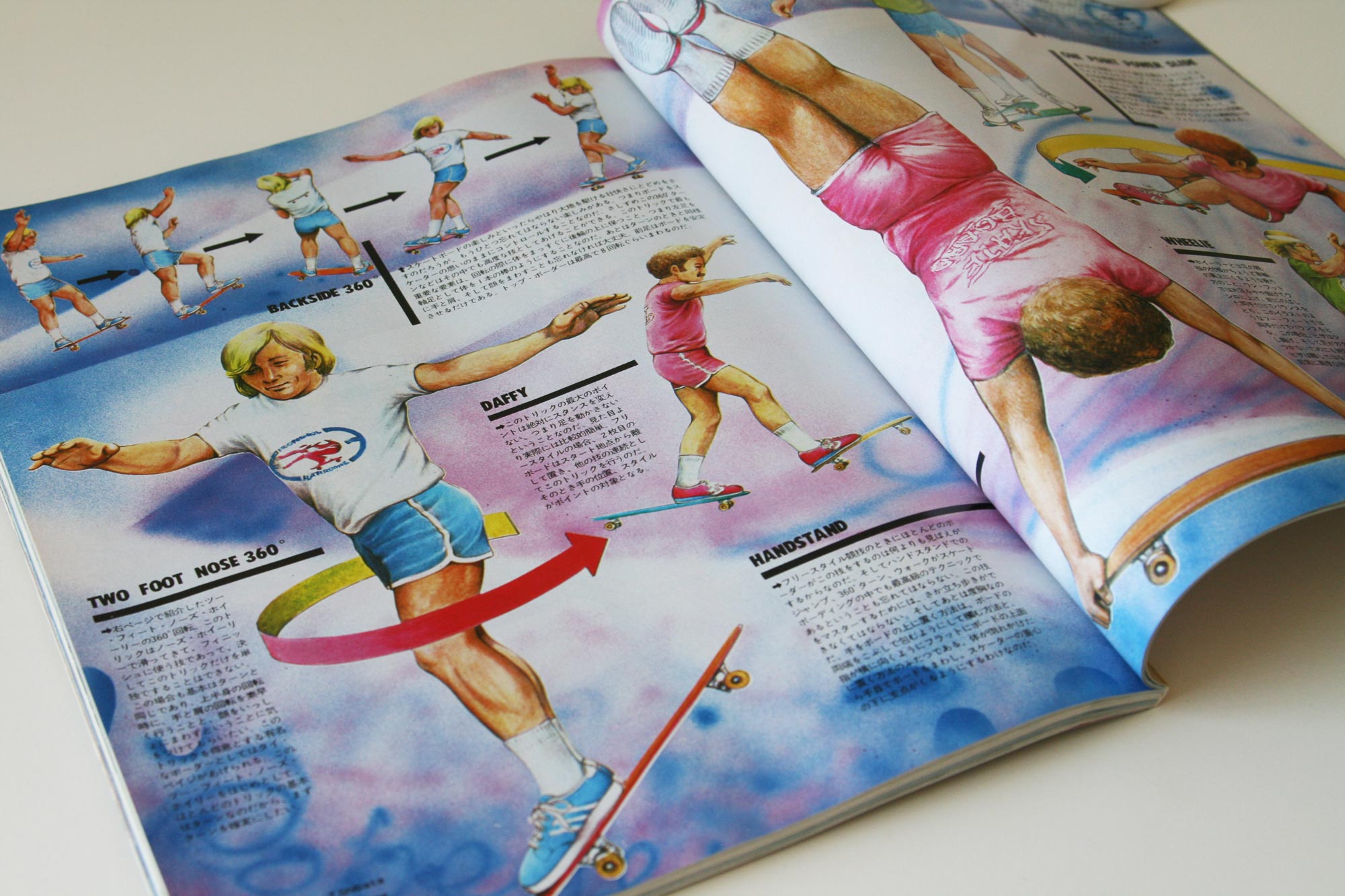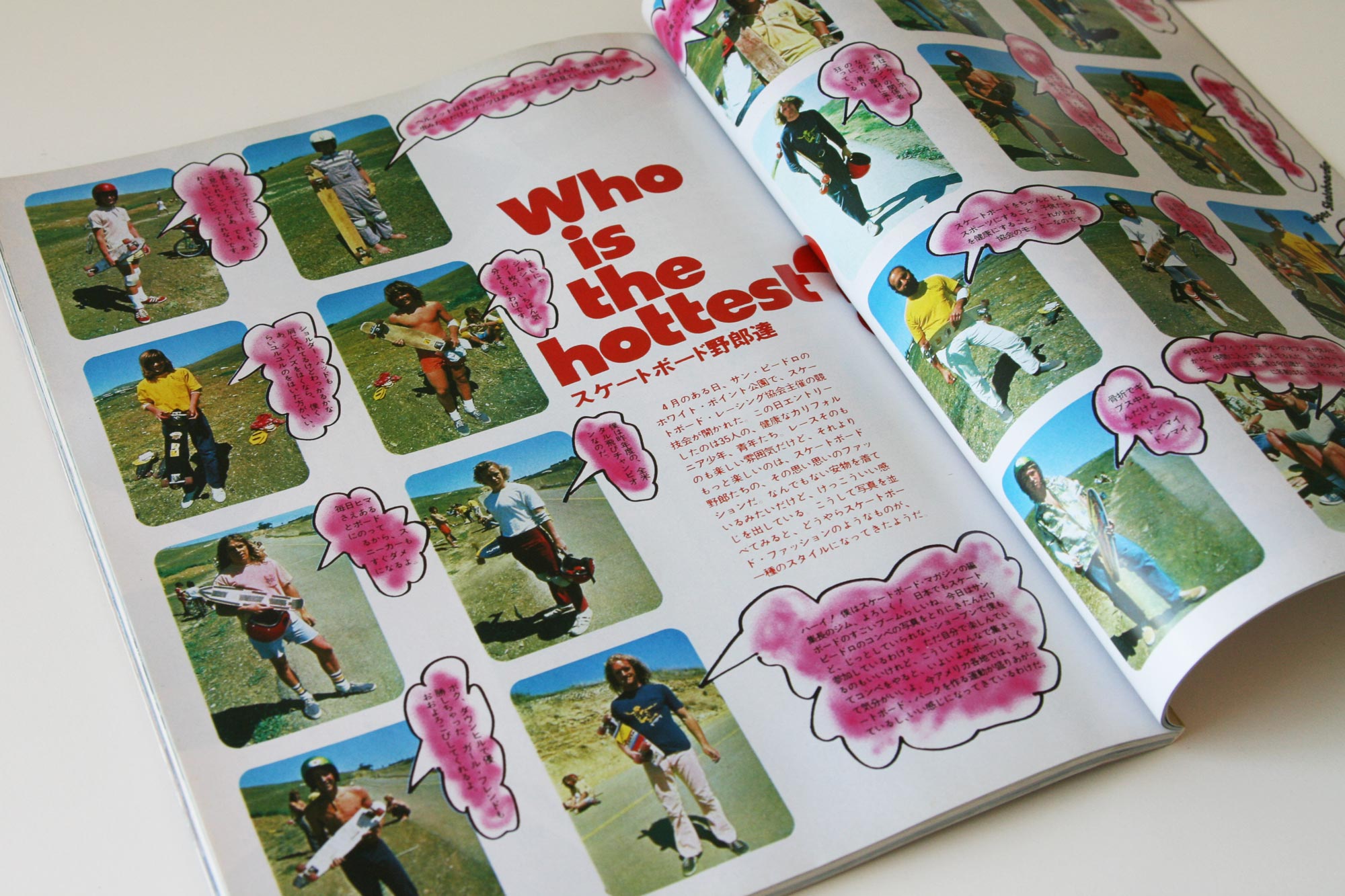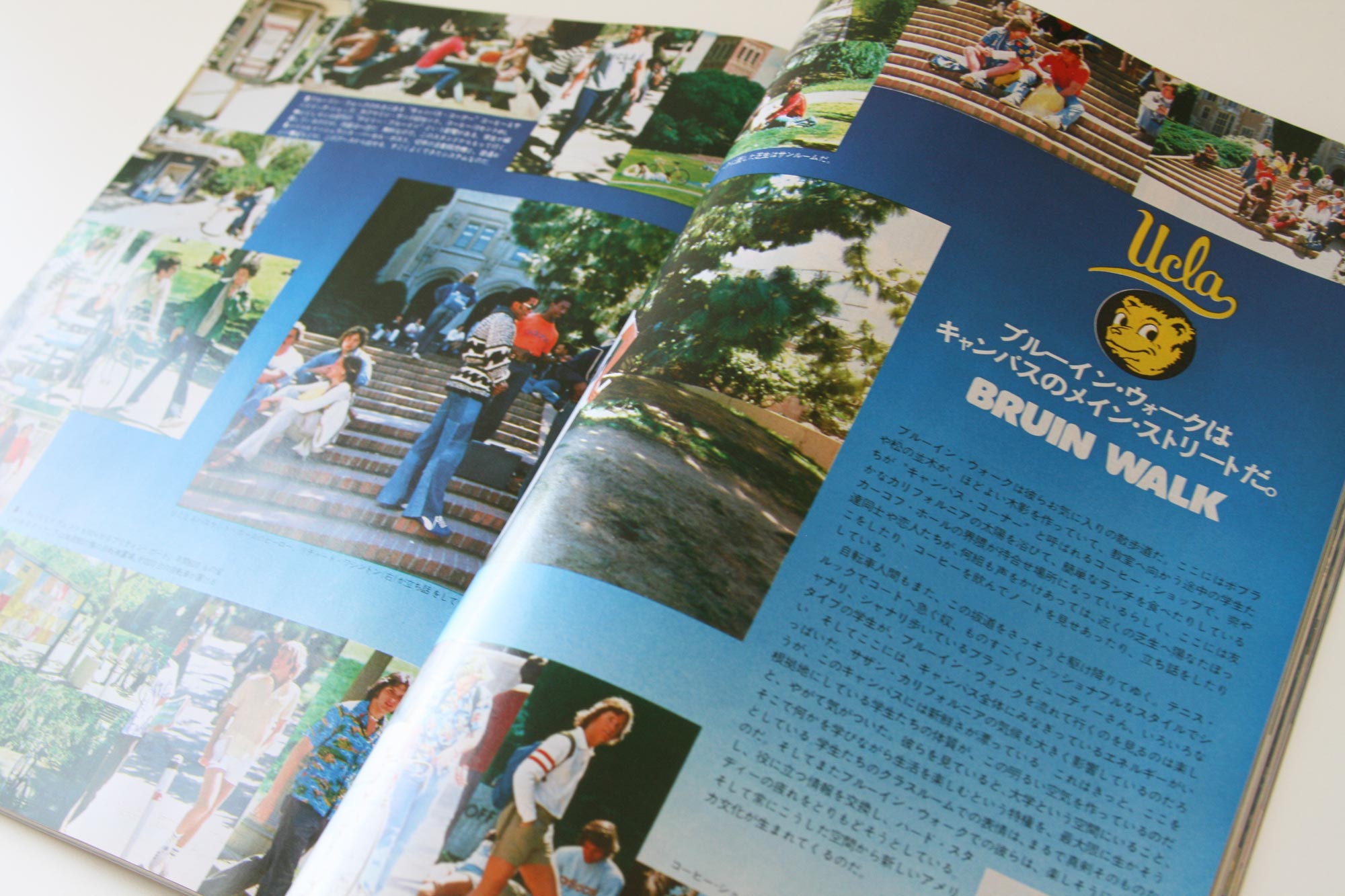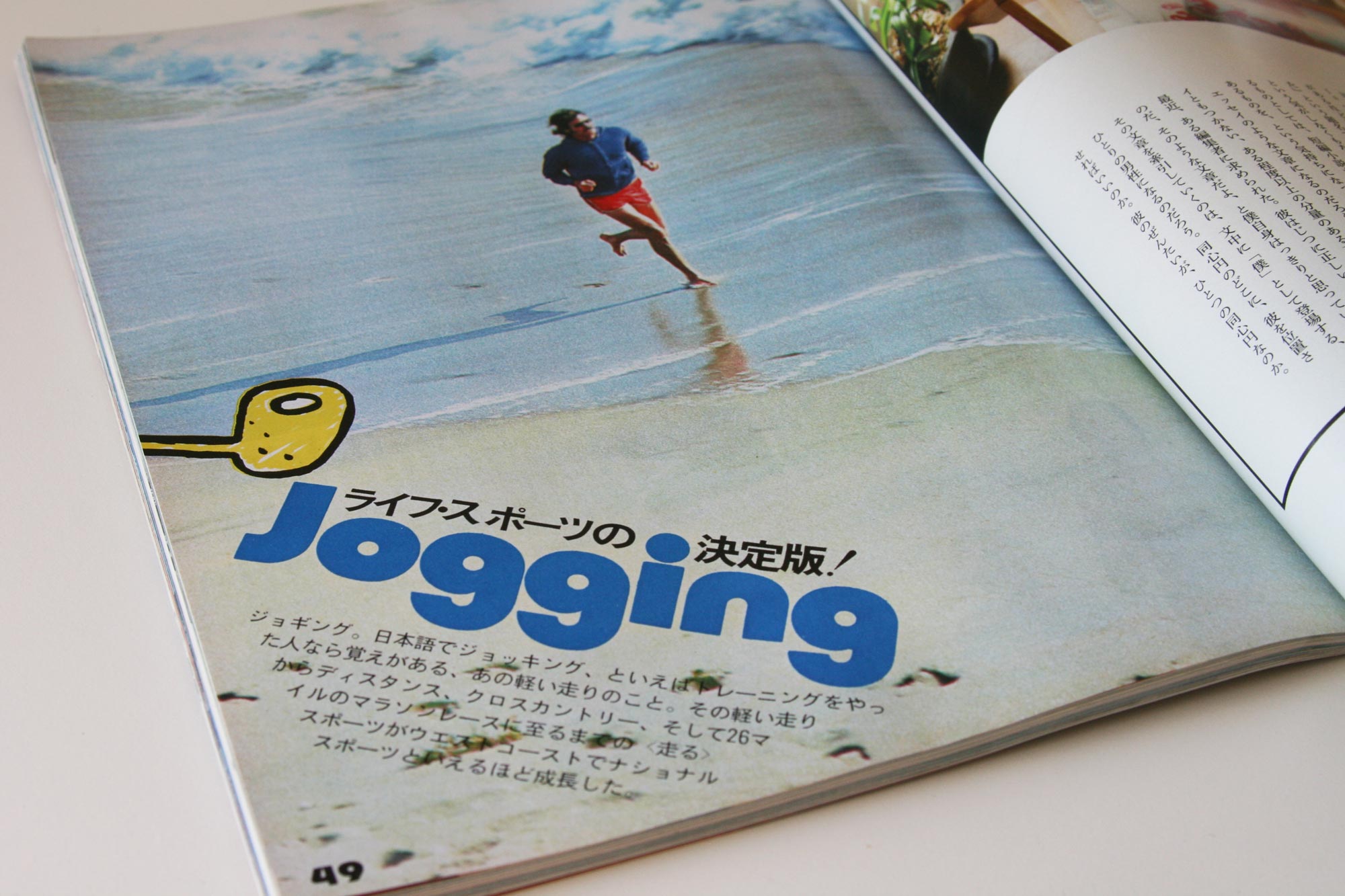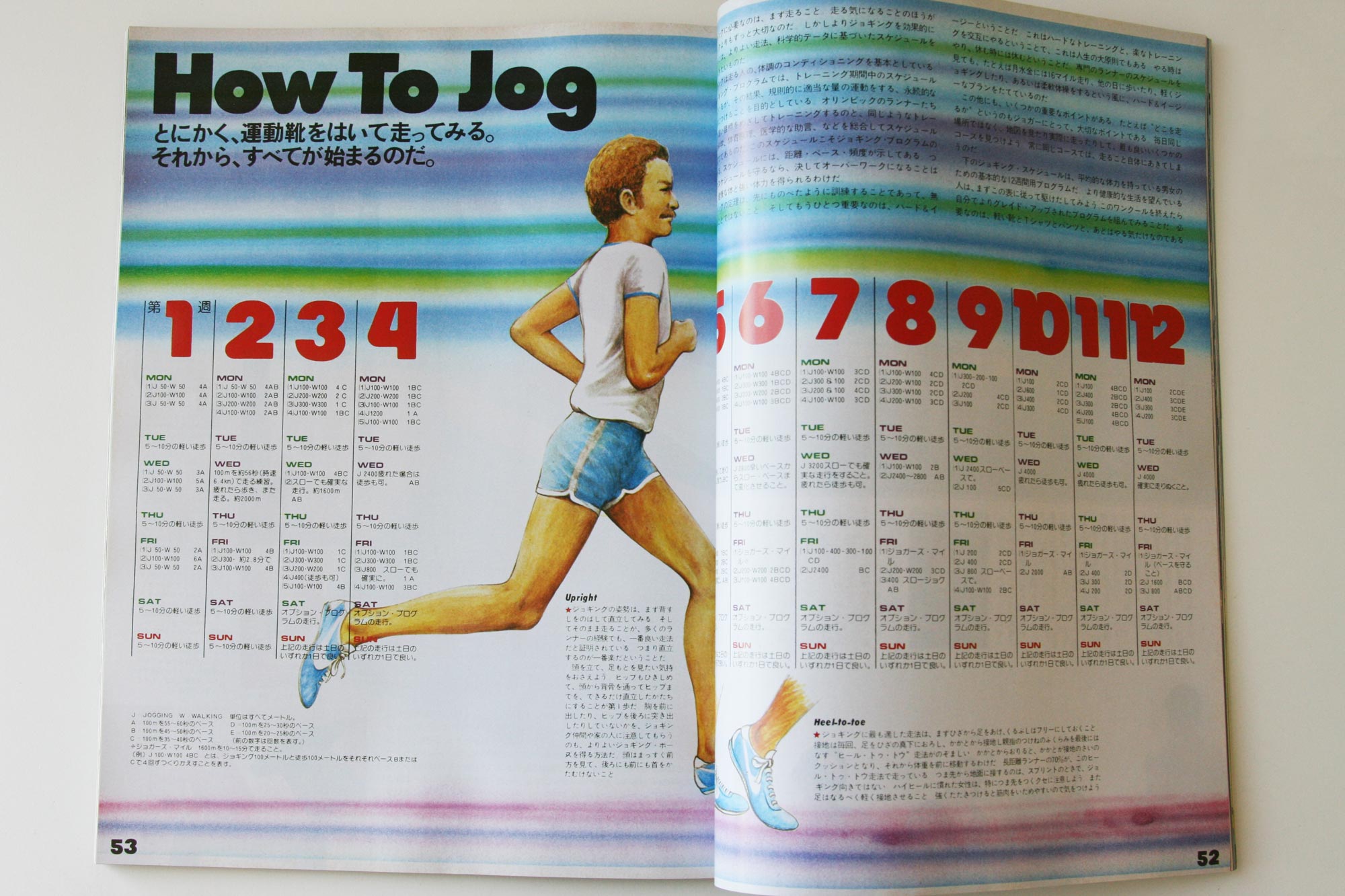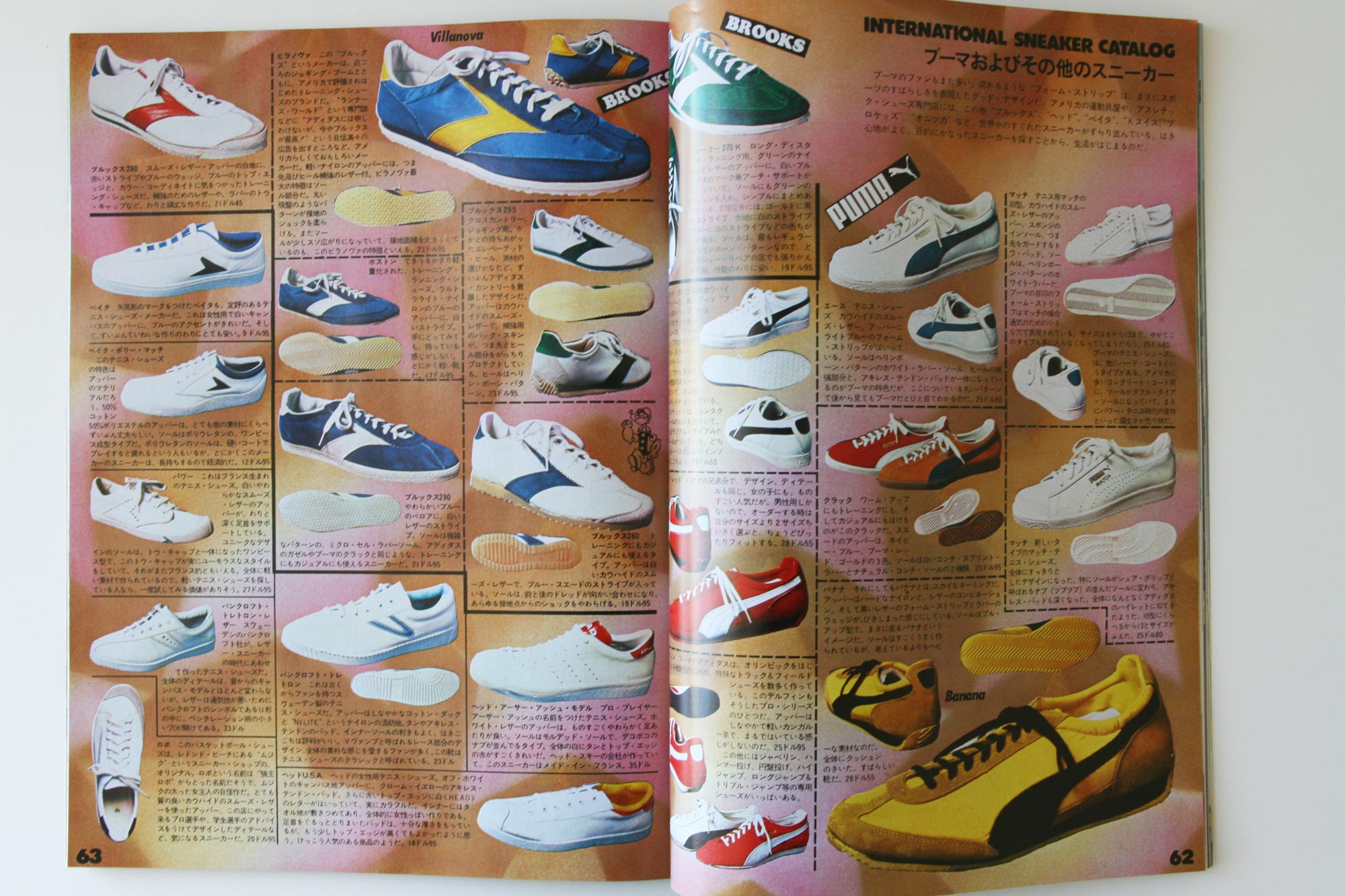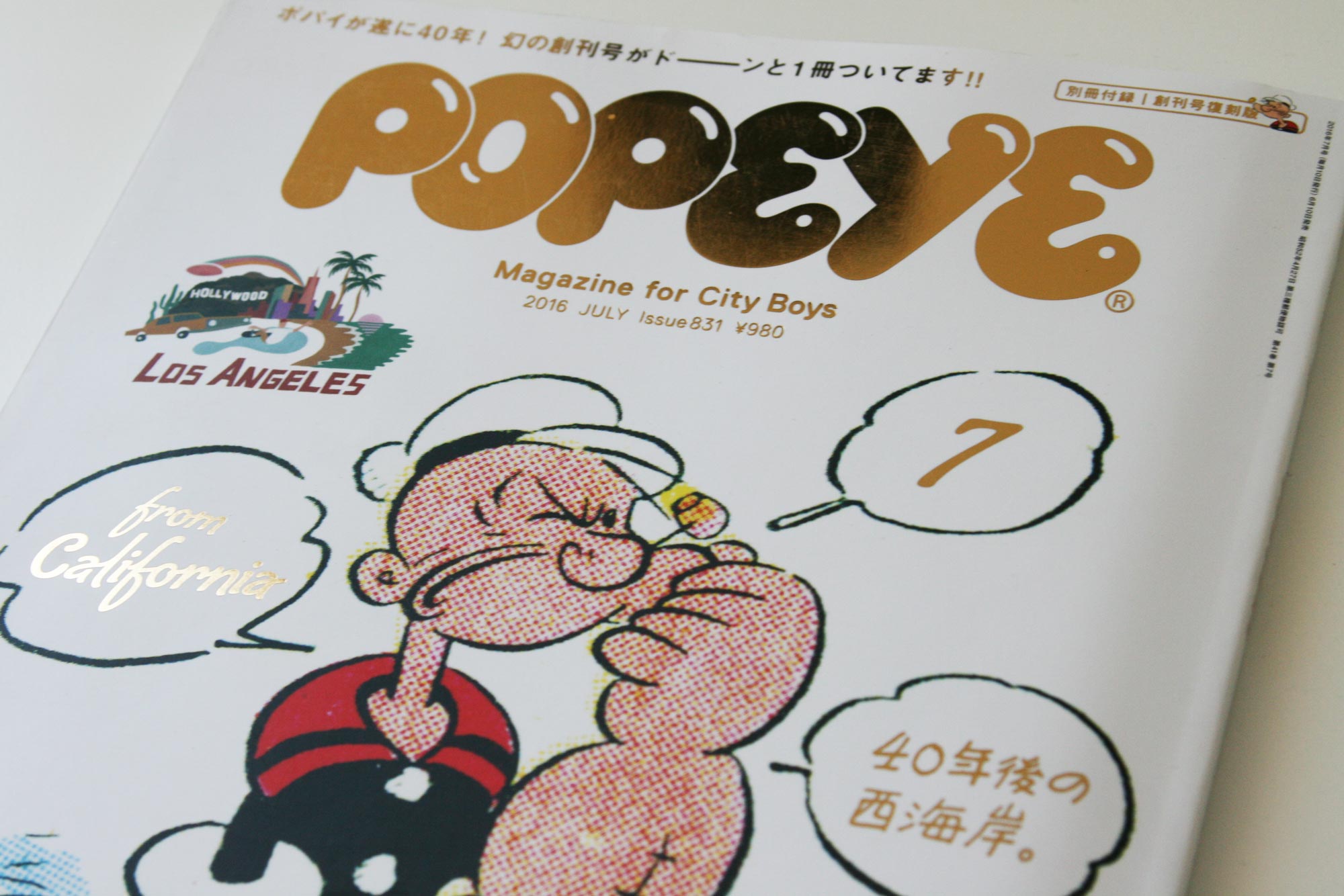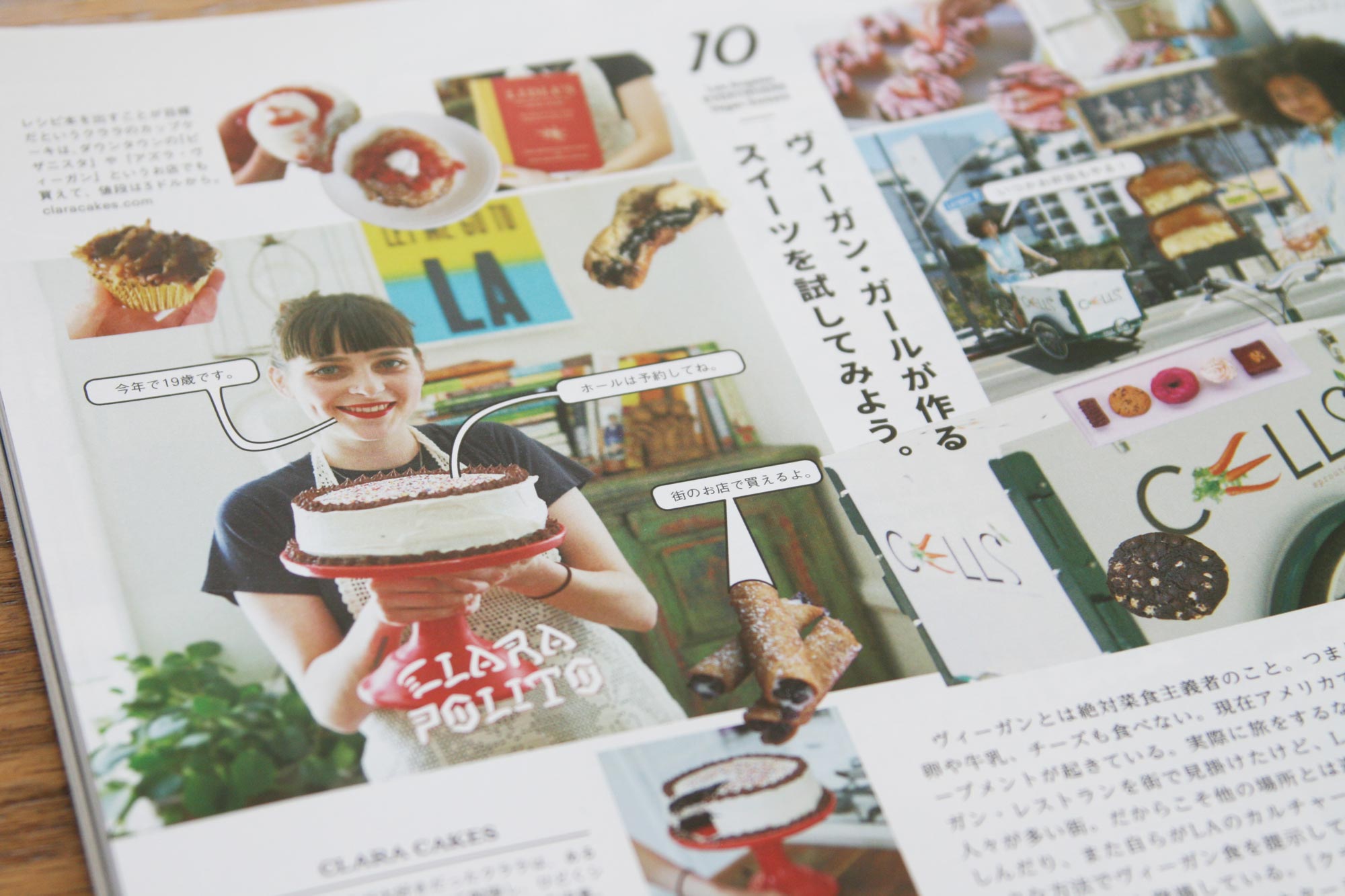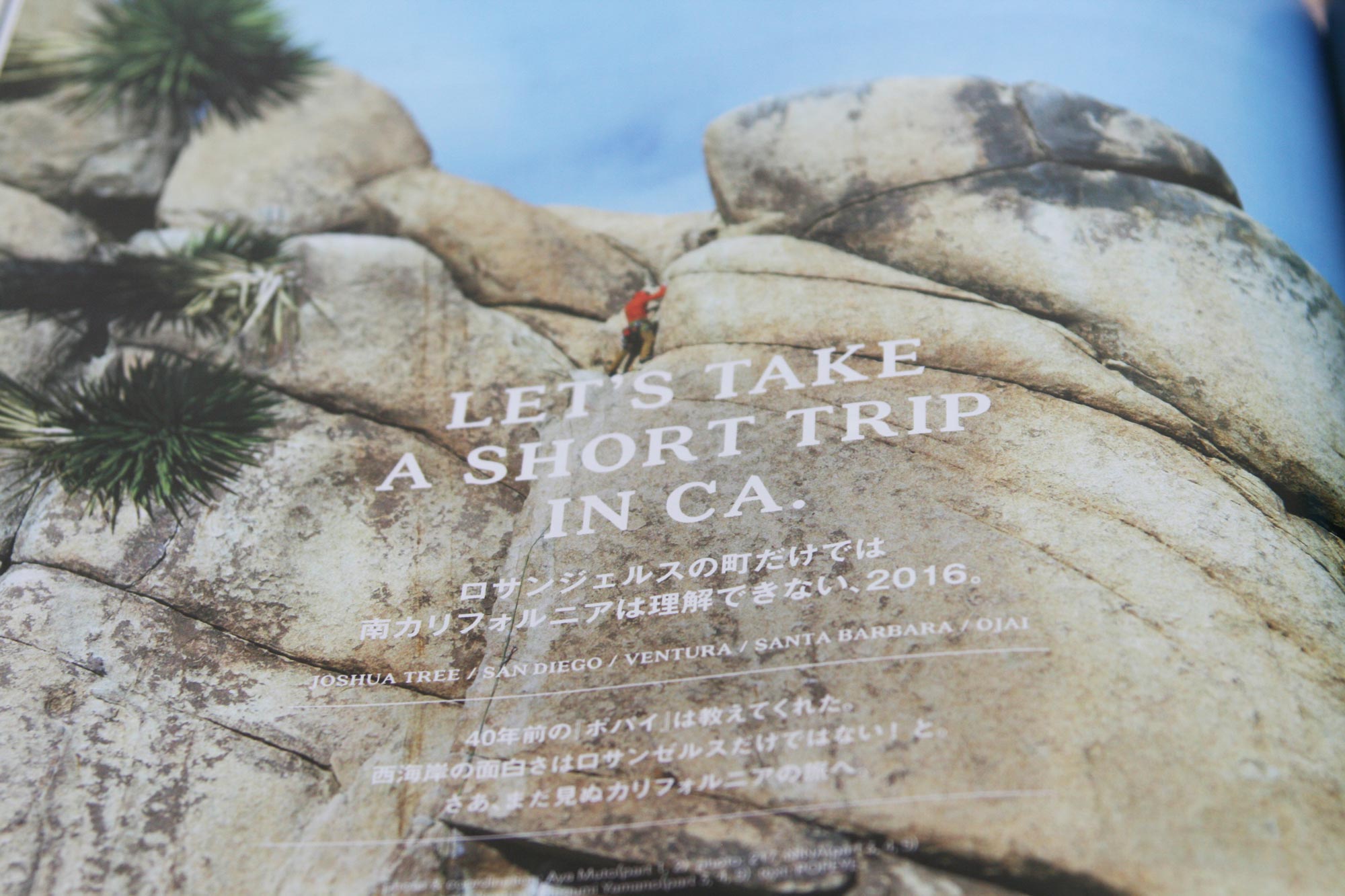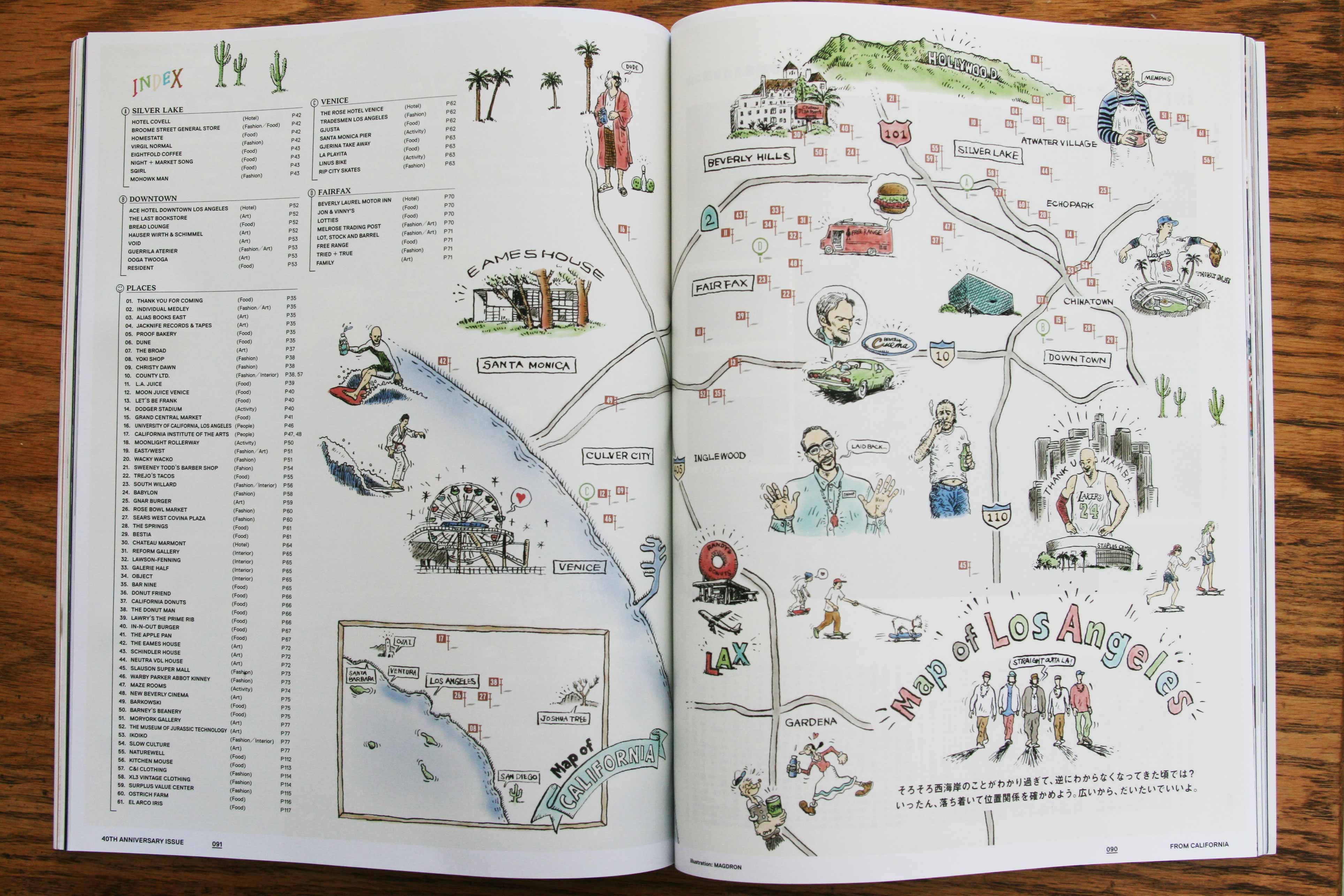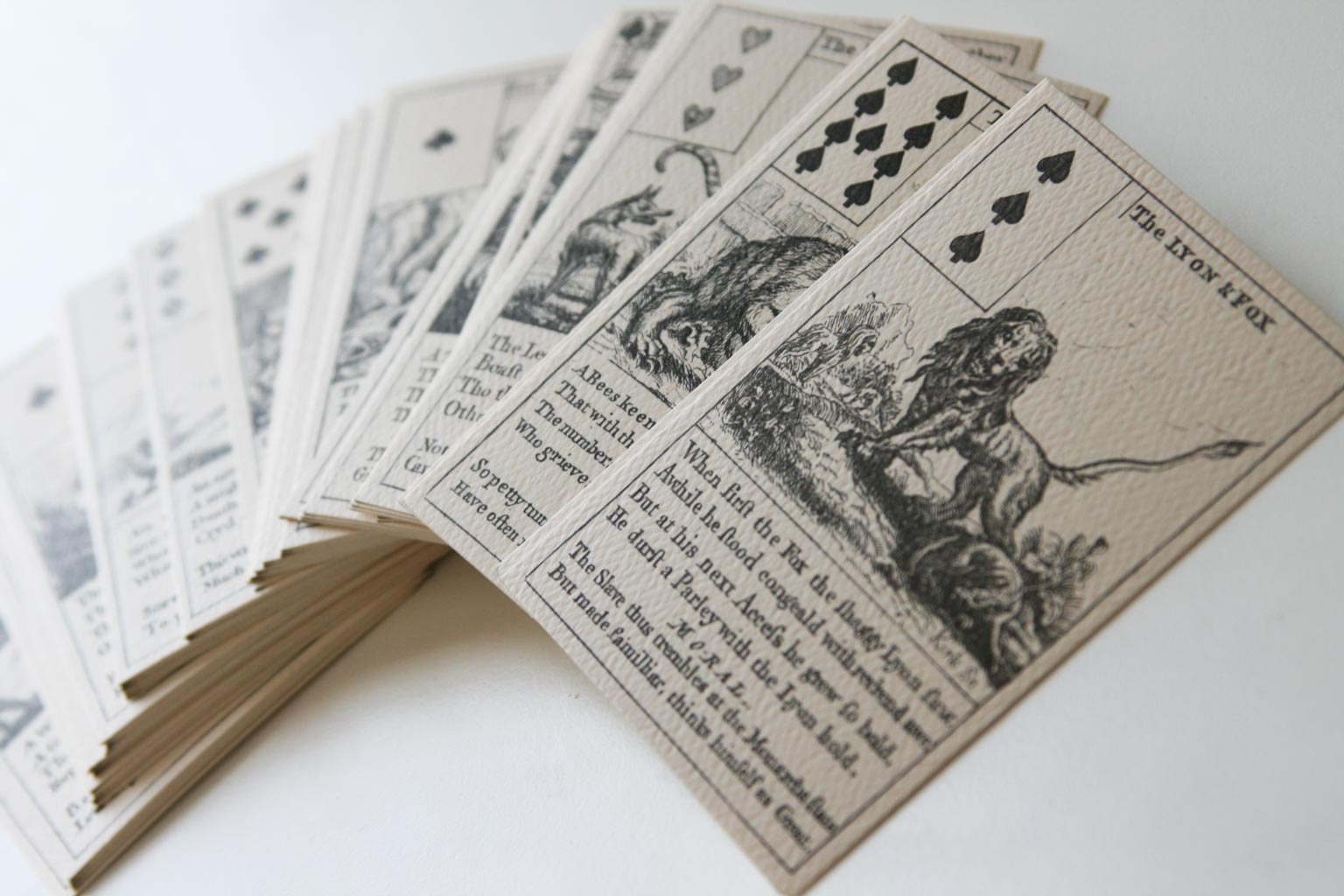August 30, 2016
A friend and colleague of ours was recently traveling up the California coast and reached out to us to ask if we knew about “this vegan eco resort” in Northern California.
Woefully, we have not made nearly enough time to explore our new coast—sure, we’ve spent a good bit of time in Sonoma and Big Sur and Joshua Tree, but we have yet to make it down to San Diego in these past three or so years or up to that crazy Danish-looking town or to majestic Yosemite or even up to San Francisco (one of my favorite American cities) since we moved to the West Coast! I know, despicable.
We’re working on remedying that, but, given that neither of us has ever been south of Portland, Oregon or north of San Fran, suffice it to say that we’ve never been to Mendocino, home to Stanford Inn by the Sea, a coastal sustainably run eco resort that includes a canoe + bike shop, wellness center + spa, California certified organic garden, and an all-vegan restaurant. Stanford Inn is run by Joan and Jeff Stanford, a vegan couple dedicated to bringing the magic of Mendocino to all that stay at the Inn.
We have every intention of making what’s sure to be a beautiful journey up the coast to visit the Inn, but, in the meantime, the whole operation piqued our interest so we reached out to Jeff Stanford to find out more about how two people came to run this earth-friendly, animal-friendly establishment for over 25 years. Jeff was kind enough to oblige, giving us the low-down on how he and Joan came to be innkeepers in the first place, farming organically without the use of animal products, their favorite dishes at Ravens Restaurant—their award-winning vegan restaurant, and how the doctor from Murder She Wrote happened upon a mystery of his own.
No, really.
raven + crow: You’ve got a quote on your inn’s home page by J. Hamrick that greets visitors—”In my dreams I walk on fog-enshrouded cliffs through wild flowers dancing in the wind with the sea booming below me, the mist wrapping about my ankles. And longing fills me, settles over me like a soft summer rain. And I know that I must go to Mendocino.” Who’s J. Hamrick and what’s the origin of the quote?
Jeff Stanford: Joan and I had heard Kate and Anna McGarrigle’s rendition of Linda Ronstadt’s “Talk to me of Mendocino” in the mid 70’s and we found ourselves drawn to this then unknown place. Hamrick embodies the feeling of quiet, fog, the special place that Mendocino is.
We found the quote in a book, years ago. We used it in print brochures and then on the internet. I just googled the quote to find information about the writer and, instead, found one of our fellow innkeepers also uses the quote. Wonder where he found it.
I hope to be mysteriously quoted one day. So, we’ve never been north of San Francisco or south of Portland on the west coast—can you give us an idea of what makes Mendocino so special?
You’ll have to come north to find out. Mendocino is an experience. It is personal! The facts of the place are that it is out of the way; the roads to it are beautiful, winding along cliffs bordering the Pacific, through redwood forests, or through wine country valleys and ridges. The roads are gateways, visitors in a sense earn their experience of Mendocino. The town of Mendocino is an archetypal coastal small town that evokes in some the sense of community as it might have been at some long ago time.
I think you two moved to Mendocino in 1980 or so—where from? What your lives before that and what brought about the move/shift?
We came from Carmel. We had moved there during the recession and economic chaos of the 1970’s. I was an academic and Joan a youth worker. We wanted to live on the West Coast. The way to do it was to help run a small inn.
Where does that fundamental interest in and reverence for the land and environment come from for the two of you?
From meditation—the recognition that “land and environment” are not different than us; they define us as much as we define, describe, enhance or harm them.
And where did the desire to open an inn come from then? Or was it more wrapped up in the land and the working of it?
We didn’t open an inn. We purchased an operating motel. We did this mostly with borrowed money for the down payment and we were able to do so because a number of people believed in us. We knew how to operate and enhance the motel, converting it to an inn. The desire was simply to live, work, raise our family, explore life in one place, grow within a community much of which we had to create for ourselves. Best part of this place, then called Big River Lodge, aside from the energy here, was that there were no owner’s quarters—we didn’t have to pay for them—and we moved into a unit. We eventually took over a second room, added on a small reception area, and operated that way for eight years. We did not have to pay rent—only lost the deprecation on the part we lived in.
Was everything pretty much in the state it’s in today when you took the property over or did the two of you end up putting a lot of work into it?
The lamps were bolted to the night stands, the nightstands bolted to the walls. There were sliding aluminum and glass doors and windows, and shag carpeting. There was one deck everyone shared, providing access to the rooms and a view into them—not private. We began making changes: First, we unbolted lamps and furniture to show that we trusted our guests (and also to provide more room on bedside tables). Second, we removed baseboard heating and replaced with fan-forced resistance heating, dropping our utility bill. Third, borrowed more money and ordered furniture. We received a $20,000 loan from good friends as a “kicker” and they helped us contract for furniture. Fourth, began putting in wood burning fireplaces, seeded the pasture on which the motel had been built and began general landscaping.
Wow. Were the gardens, restaurant, spa, or canoe/bike shop already part of the land or did you develop those over time too?
None were here. Catch A Canoe had been started in 1972 and was no longer operating when we purchased it in 1983 with help from the realtors who loaned us the down payment. It was a necessary purchase to protect the inn from the potential shopping center that zoning allowed. The property which is a part of Catch A Canoe is in front of the Inn.
As mentioned above, we began landscaping when we bought the inn. First we purchased fuchsias which we hang from eves of the building, and then planted flowers, trees, and bushes as we could afford them.
In 1986-88 we brought in different bike lines and changed the name of Catch A Canoe to Catch A Canoe & Bicycles, too! which we adapted from “Tippecanoe and Tyler, too!”
In 1985 we expanded our “landscaping” into areas that we had no money to improve and began organic farming. Originally a friend and I dug five beds and began truck farming, but it soon grew to many more beds. We were guided by the work of Ecology Action and John Jeavons, not knowing that they had relocated from Palo Alto to Willits, an hour away from the Inn. We now partner with John to promoted small scale farming as a response to climate change.
How did all of that work affect how you all thought about the land and the whole venture?
There’s a strong spiritual component to our lives here. We found ourselves living within it. It was here before we were and rather than fight it—I don’t think we could—we try to understand its movement and its movements toward us. It was not until trees fell that we expanded. They came down not during a storm, but unexpectedly on two sides of the property and I suppose others might have taken the falling as just random; having not experienced this before, we took it as having meaning. When Joan wanted a better view for the rooms, literally trees fell down creating the view. This was 35 years ago and she still refers to this as an important awakening for her—the interrelationship and lack of fine distinctions between us and our environment.
I’ve personally moved around a lot in my life, but I could see having spent so long in one place—especially a place as special as this seems—being formative and impressive. It seems like you have a lot of staff that’s been at the inn for a pretty long time too; many of your employees are full-time as well, I think—is all that purposeful or key to the idea you have for the business, providing a larger, long-lasting relationship with your staff?
It is purposeful. It is based on how we would like to live and be treated if we worked for someone. Plus, the energy here is life-affirming. It is amazing and although many may not be aware of it, they work here because of that intangible.
I know you use some pretty specific methods in your garden beyond just run-of-the-mill organic gardening—can you talk about those a little bit?
We use the techniques developed primarily by Jeavons and his somewhat philosophical predecessor, Alan Chadwick. We also use our own approaches based on the micro-climate here.
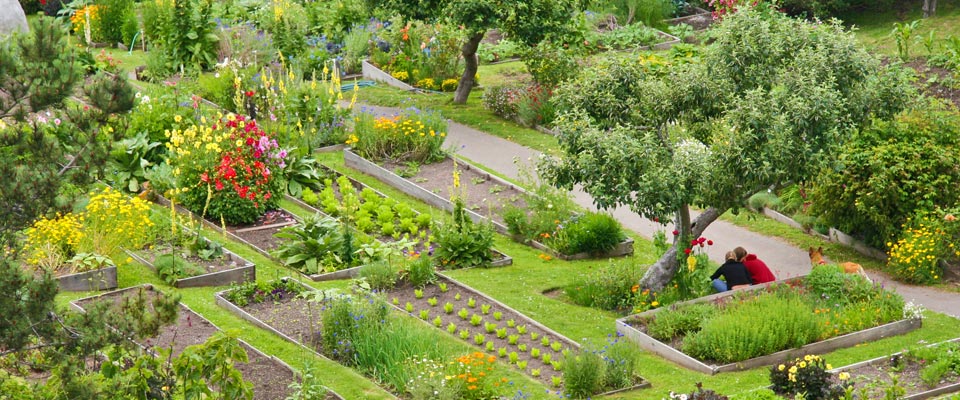
I was talking with a friend recently with regards to veganism as it impacts organic farming and vice versa. His point was, if, in ideal world, someone championed a lifestyle of no animal use whatsoever, organic farming wouldn’t be an option and you’d need to rely instead on chemicals to fertilize the plants one grows for food. I just wonder if that’s something you all have ever tackled in terms of the philosophy of running an enterprise that’s both very vegan-minded and very organic-minded.
They are wrong and the science is there to establish that. We have been vegan farming for years. We don’t use animal products—none of those allowed in organic process. The idea is to create a growing soil, one replete with the “soil bacteria” that humans evolved with. Animal product used as fertilizer can kill the bacterial. We compost and the best way is to form layers of plant materials above fallow beds. Sometimes there are weeds, but it all decomposes to create healthy soil.
Steiner’s method is based around cows—Biodynamics. We use use a process developed by Alan Chadwick and refined by John Jeavons and his Ecology Action combining French Intensive and non-animal biodynamics in regard to timing, planting techniques, and so on. Check out Jeavon’s How to Grow More Vegetables, Eighth Edition: (and Fruits, Nuts, Berries, Grains, and Other Crops) Than You Ever Thought Possible on Less Land Than You Can Imagine.
In the future a “sustainable movement” will have to measure true organic production by the bacteria and other microorganisms present in the soils in which crops are grown. Need a soils scientist for this, but organic growers would be rated on the basis of the health of their soil. Most people do not recognize that soil should be the emphasis. All micronutrients, all the components of the plant are manifested through the action of bacteria, funguses, and viruses that make them available for plant uptake. See for example, Mycelium Running: How Mushrooms Can Help Save the World by Paul Stamets.
A bit more on biodynamics—there are people in Britain that are working to create vegan ‘potions’ to address the cow-part potions used by followers of biodynamics to realign or align energies. Making potions is about bringing awareness to perceived distresses in the garden and the potions focus intent to realign garden energies. The process is about awareness and intent to heal the garden and this is all energy. Energy is motion and movement and doesn’t need to be mediated by cow or plant parts. This is one of the great realizations achieved in full-on awareness, choiceless, sensitive, and acute observation. What I am writing is that what’s important is awareness of the garden, it’s energies, its movements or lack of movement—impediments. The solution is in the awareness of the garden and our intent to align with its energies. Everything else is simply ritual—a method of bringing attention and intention into the garden.
That’s a lot to take in, but thanks for clearing that up. It’s something that’s bugged me since I heard it as it didn’t add up in my head, but, lacking the background in farming (despite my surname), I couldn’t really make sense of the reality of the situation. I read that your garden provides produce to your restaurant and others in the area then?
It did. We now use most all of it and the rest goes to staff.
Your gardens aren’t the sole source of ingredients in your restaurant though are they?
No. We estimate about 20% of produce, not including citrus.
Why was it important for you to create a vegan dining experience for guests with Ravens Restaurant?
We are vegan. Selling anything other would disconnect us from ourselves; cognitive dissonance. We don’t want to live with that—plant-based or no restaurant.
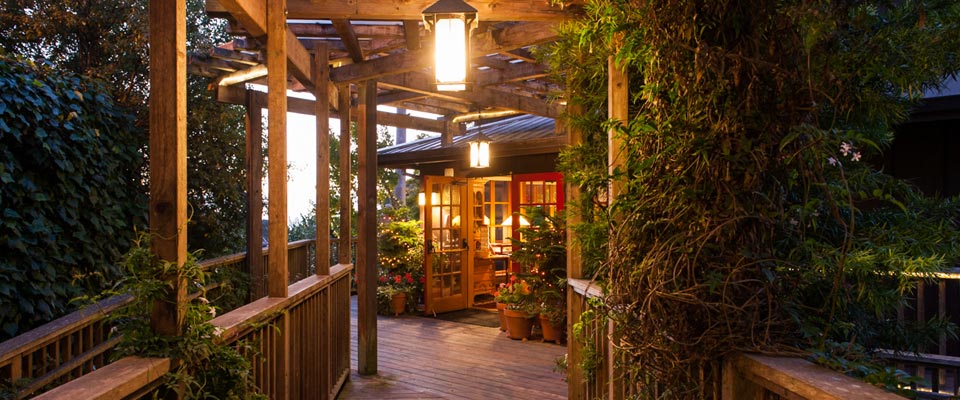
Did you get any pushback from either the community or friends with that move? I know a lot of environmentally minded people who don’t necessarily see a strong connection between the ecological sustainability and veganism.
Yes. First we were vegetarian. We didn’t know about what happens in dairies and certainly knew nothing of hatcheries. When we learned, we became “vegan” or as we rather put it, “plant-based and thoughtful/scientific.” What that means is that some products (non-animal) are better than plants. Example—the production of cotton, organic included, wrecks havoc on the environment. Using a petroleum recyclable material such as microfiber is more environmentally friendly. Some people don’t like using non-plant fibers. Hemp may someday replace cotton—thus far it hasn’t been widely used.
And with regard to to those “who don’t necessarily see a strong connection between ecological sustainability and veganism,” they are missing the point. First, science fully establishes that the most ecological action a person can take is to adopt a whole food, minimally processed plant-based diet. Second, the disconnect between claiming to be sustainable and continuing to eat animal products is simply damaging to one’s psyche as he or she twists together rationale to support eating animals. That twisting impairs growth. It ties up energy.
Agreed, agreed, and agreed. Back to the restaurant, does the menu there change a lot based on seasons or over time from year to year?
The menu changes in subtle ways as availability of ingredients change. Larger changes are usually thematic: Last year we had theme of haute Mexican. Now we have a theme of a widely varying ethnic fusion menu. We offer special menus for Christmas, New Year’s Eve, Thanksgiving, Valentine’s Day, mushroom season and crab season (like crabless cakes).
I have no idea when crab season is, but I’m going to look that up and start planning travel around it. And you’ve got a cookbook now too, right? Was that fun to put together?
Work. The recipes are from nearly 20 years and had to be tested and photographed. We use a co-creative model to develop the menu and recipes. Everyone can contribute to recipe development—prep cooks, line cooks, serving staff. Final decisions are made by me who serves in the role of executive chef. We now have a position which is “chef instructor and creative chef” whose primary job is to teach cooking classes and work with SidGarza-Hillman (our kitchen director and nutritionist) and me to refine recipes. Many of the ideas come from experimenting in Canada where Joan and I are free to play around when we are on vacation.
No, we have many friends who’ve written cookbooks and I certainly don’t envy them the time and work that went into them. How long have you two been vegan and what brought you to making that life choice?
I injured myself in early 1985. During the prior 4 years, Joan and I had been working long days, 7 days a week. Our two children were born at the Inn and we were trying to make the Inn into a true destination. We didn’t stop. I did not take vacations. Cracking my hip, I had to slow down. I reflected on chicken and ethics and became vegetarian. I “realized” that I would not kill a chicken to eat it and that I was wrong to ask someone else to do it for me. It was that simple. My family quickly followed. None of us had any idea about the practices within hatcheries and dairies and almost 20 years later, the Humane Society of the United States (if I remember correctly) designated the Clover Stornetta Organic Dairy as the most humane in the US. I knew owners of the dairy. Their children went to school with ours. I read their website which I found damning and became vegan. That was 12 years ago—the end of 2004. At the time the restaurant was ova-lacto vegetarian, as it had always been.
By 2007 we had converted dinner service to vegan and all morning recipes to vegan as well. We still provided eggs and dairy on request.
We didn’t like the slowness of the change. There were reasons we went slow, however the reasons did nothing to assuage our cognitive dissonance. We had to move a large staff and guests away from casomorphins and eggs without further damaging our ability to pay our mortgages. I don’t believe there were any full service hotels that were vegetarian when we opened the restaurant in 1996-97. Former guests actually yelled at us then for making the change. Breakfast was always vegetarian and we hadn’t served dinner until then. In 2007, we were still recovering from the dot-com crash. The principle source of our guests—the San Francisco Bay Area—was undergoing a huge real estate bubble and many of our guests no longer traveled to us. They stayed home to pay for increasingly expensive mortgages and rents. Adjusted occupancy went from nearly 80% to the mid 40’s.
In 2012 we quit providing dairy and egg options. We still suffer the harpoons thrown by those who don’t want to be reminded of the choices they might better make. Literally, not having eggs or half-and-half sticks in some of their craws.
I can only imagine. Hopefully the longer you’ve done it, the more accepted it’s become and the more you attract a specific set of visitors (like us) who are willing to travel further because of the changes you’ve made though. So what’s your all’s favorite menu item?
Joan’s favorite is our ravioli. Mine is potato salad. We have sea palm strudel, a wonderful barbecued portobello, paella (which I learned to make in Spain), and others. But it is potato salad. We don’t serve it all year, but when we do, I enjoy it. The dressing recipe was created alongside Lake Winnipeg in the tiny community of Matlock in Joan’s cottage.
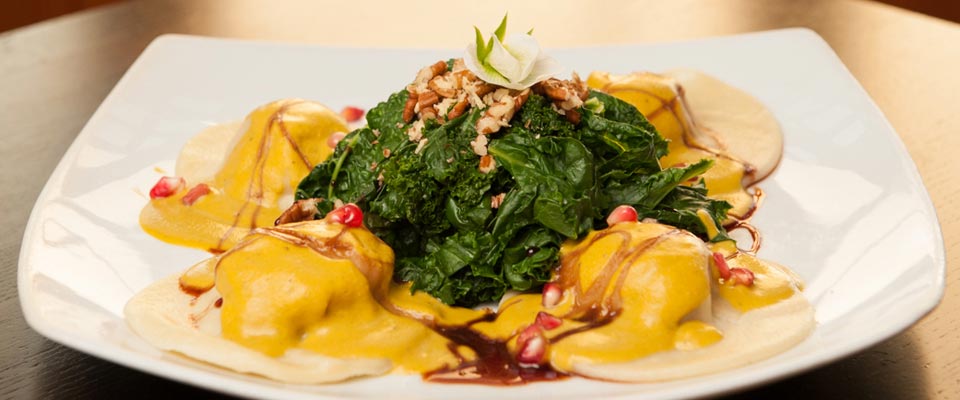
Well I hope to be able to try it myself. And—obviously we have to ask this—where does the name for the restaurant come from?
On May 31, 1995, 5 months before we broke ground to build the restaurant and additional rooms, a pair of ravens showed up perched on top of a dying Grand Fir, behind our main greenhouse, which encloses the pool. Nearly 2 months earlier, we were visiting my Dad and stepmom in Carmel, when my Dad told Joan that he felt a special affinity to crows (we didn’t know the difference between them and ravens then). He said, when he died, he would return as a raven, pointing to an opportunistic raven on the pavement in New Monterey. He died in May and two weeks later the raven pair appeared in Mendocino. We had been here for 15 years and had never seen ravens here. There are now hundreds that often soar above the gardens and land in fruit trees to knock down pears and apples.
Well, that’s lovely. Do you have any other favorite vegan or vegetarian restaurant around the US?
We don’t travel often except to Washington DC and to Manitoba, Canada. We have found a few vegan restaurants that are just fun, such as peacefood cafe in NYC—their fluffy quinoa salad and chocolate cookie—and Hangawi in NYC—their appetizers are creative and unique. Our daughter recommends Vedge in Philadelphia—we haven’t made it yet. Boon Burger in Winnipeg, Manitoba Canada offers a variety of different vegetable-based burgers. Sanctuary Bistro in Berkeley, California.
Joan and I prefer to eat at restaurants where we can learn something, but we avoid stressing staff. This means we check out fine dining restaurants when we travel and, if they have even interesting side dishes, we will eat at them.
Ah, Hangawi’s one of our favorites in New York. And I haven’t been to peacefoods in years, but I have fond memories of it. I know you all allow pets at the Inn and have had some interesting ones (Vietnamese pot belly pigs‽)—are you two big animal people (besides the whole vegan thing)?
We have two horses—a pinto and bay quarter horse—that were “rescued” in the sense that they had to be moved from land that could not support them, literally—the horses broke down the soil causing it to go into a protected waterway.
We have two rescued miniature donkeys. Seems that people like to buy them as pets, find them like a dog, and then hand them over to a donkey sanctuary which then tries to find homes for them.
Three male llamas live on the land with us, still cared for by the breeder who bred them, but living here. Four cats and two dogs and 4 geese round out animals that live (sort of) with us.
That’s a veritable ark. Any interesting pets in the Inn stories you can share?
Guests booked for Christmas three years ago. Just before the holiday they called again and asked if they could bring two pet geese, Snowflake and Cupcake. We said, “Yes.” They then asked if they could leave them in our pond because they were going to be traveling beyond Mendocino and past the holidays. We said, “Of course.” Snowflake, an Embden goose, is still with us. Cupcake, a Toulouse goose was killed by a fox. To provide Snowflake with company, we adopted three younger geese, one Toulouse and two Embden. Now we don’t know which is which Embden. We haven’t had geese for many years with the exception Cupcake and Snowflake. Geese serve as excellent alarms at night. By the way, we have arranged our fencing so that the geese can get to water if a predator gets into the area, which is always possible. Cupcake was only 20′ from water, just enough distance that the fox got her.
Other potential predators reported along the coast include raccoons, skunks, opossums, bobcats, and cougars. The larger cats don’t like that we have many dogs and dog smells. Our pet policy has protected our donkeys, horses, and llamas, as well as our pets—cats and dogs.
It’ll never cease to amaze me how wild the West Coast is as compared to back east in so many ways. How about in general—you two have run the Stanford Inn for over twenty years? What’s the craziest thing that’s ever happened under your watch?
Seems to me that most of what has happened that’s crazy shouldn’t be repeated. At least those are the ones I am remembering.
I want to note that we have been here going on 37 years. One story that’s not crazy and describes the nature of some guests’ experience was 20 years ago. A well known public relations executive stayed with us with his ten year old son. Here, he experienced an epiphany. He wrote us to tell us about it and suggested that we tell people that the Inn is a place of amazement and growth. I replied that we were aware of the changes that occur for some, but noted that the experiences behind them should not be expected—not anticipated. He tacitly agreed that raising expectations might not be a great idea.
The most unusual story but not so crazy that Joan could remember concerns an actor in a detective television series who was in Mendocino taping. He came to the Inn’s Catch A Canoe and wanted to rent a solo canoe. We always warn a solo paddler that the conditions on Big River can change and that it is a great idea to have someone along to help paddle. He assured us that he was an experienced outdoors man. He went out, alone. He had been told that we close at 5:00. At 5:30, the time staff actually leave, I became worried. It was summer. The sun would not set until between 8:30 and 9:00 and I decided to give him until 7:00 to return. At 7:00 I went to the dock to launch a boat to go looking for him. I didn’t have to. He pulled up in his canoe and laid out clothing on the dock deck.
I went down to the dock. He and I went trough the “treasure.” Shorts and underwear and t-shirts for a man and woman, two pairs of shoes (if I remember correctly), and an envelope with a small amount of change. On one of the t-shirts was brown stain that could have been blood. He had found all this in a paper bag that was hanging from a branch of a tree whose trunk was embedded in the bottom of the river. We called the sheriff who took a report and took away the clothing and money. The actor was William Windom who played Doctor Seth Hazlitt on Murder She Wrote.
Oh, and the prosecutor from To Kill a Mockingbird! Wait, Jeff, is that the end of the story‽ Was foul play afoot? That’s a bit of a cliff hanger there!
And so it remains a cliffhanger. This is what I think happened—a couple was out camping and hiking along the river and had brought along lunch. Because no one reported seeing or hearing about naked people, they were probably camping on higher ground nearby. This is a very rural area. They were eating and lounging on the river beach and decided to swim, and placed their gear in the bag where their lunch had resided. They swam as the tide brought up the water level and launched the bag, which they were then unable to find. The bag became hooked on a skag and was found by our canoeist perhaps even a day later.
OR Doctor Seth Hazlitt didn’t see them skinny dipping nearby and inadvertently punked them! That’s so Doctor Seth Hazlitt.
Wait, I almost forgot to ask—what’s the story behind the logo for the inn?
It is a stylized fuchsia. The first plants we bought for the inn were fuchsias. An artist rendered them and they became our logo. When we redid our website 10 years ago, we adopted a more stylized single fuchsia.
I see it now! Well, thanks so much for taking the time to talk to us. Hopefully we’ll see you all soon!
Visit the Stanford Inn’s site to find out more, see photos, watch videos, and book your visit.
Video by Rystar Productions; photo of Jeff + Joan courtesy of Gathering Green; all other photos, Stanford Inn.
